SI Vault: The beloved Duke of Waikiki, from the Olympics to surfing stardom

This story originally ran in the September 17, 1990 issue of Sports Illustrated. To subscribe to the magazine click here.
The newspapers called him "the Bronze Duke of Waikiki," and his biography was subtitled Hawaii's Golden Man. Twenty-two years after his death, Duke Kahanamoku remains Hawaii's greatest athlete. The state has just concluded a month long celebration of its native son that culminated in the unveiling of a statue on Waikiki Beach on Aug. 24, which would have been Duke's 100th birthday.
Kahanamoku's emergence as a world swimming champion and renowned surfer in the first half of this century coincided with Hawaii's maturation, first as an American Territory in 1900 and then as a state in 1959. From the first time he traveled to the mainland, in 1912, until his death in 1968, the handsome, soft-spoken man was the symbol of Polynesian vitality.
Kahanamoku dominated international sprint swimming for nearly a dozen years, beginning with the 1912 Stockholm Olympics, where he and his U.S. teammate, pentathlon and decathlon champion Jim Thorpe, became overnight sensations. Kahanamoku was also the father of modern surfing, introducing what had once been the private sport of Hawaiian kings to such locales as Coney Island, Atlantic City, Southern California and Sydney, Australia.
Kings of style: How to master one of the most elusive skills in action sports
Kahanamoku "has been to both sports exactly what Babe Ruth was to baseball, Joe Louis to boxing, Bill Tilden to tennis, Red Grange to football, and Bobby Jones to golf," wrote Red McQueen in The
Honolulu Advertiser
shortly before Kahanamoku's death at the age of 77. "He has been Mister Surfer and Mister Swimming rolled into one incredible giant of a man."
A full-blooded Hawaiian who could trace his lineage to the early-19th-century King Kamehameha, Duke was born on Aug. 24, 1890, to Julia Paakonia Lonokahikini and Duke Kahanamoku Sr. The given names of father and son came from the Duke of Edinburgh, whose 1869 visit to the islands coincided with the birth of Kahanamoku Sr. He passed it along to his first-born son, whose full name was Duke Paoa Kahinu Mokoe Hulikohola Kahanamoku.
Young Duke grew up with his five brothers and three sisters near the Pacific Ocean in a section of Waikiki now occupied by the Hilton Hawaiian Village resort, and local lore has it that his house sat precisely on the spot where the resort's nightclub now features another famous native son, Don Ho. The ocean was an early and powerful draw for the Kahanamoku brothers, and the teenage Duke left school after the 11th grade to pursue a life in the water.
"Duke was the last of what I call the old Hawaiians," says Grady Timmons, a Honolulu author who wrote about the Kahanamoku brothers in a history of Waikiki's heyday called Waikiki Beach-boy. "They were fabulous watermen who made their own canoes and surfboards and were great fishermen and swimmers. Duke wasn't a professional beach boy, but he was a beach boy in the truest sense of the word, as a guy who lived for the ocean and the ocean lifestyle."
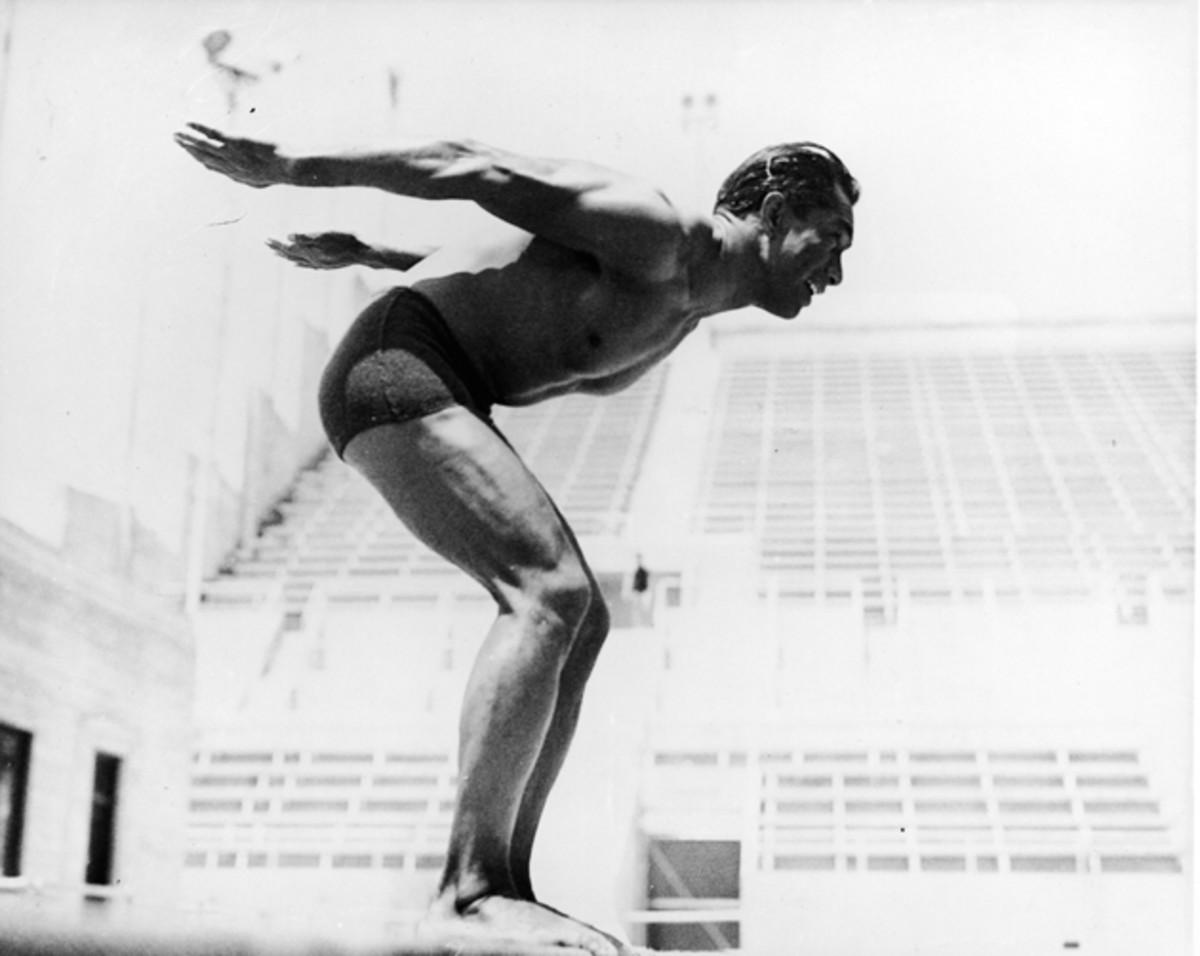
In August 1911, at the first AAU meet ever held in Hawaii, Duke swam 100 yards of ocean water in 55.4 seconds, breaking Charles M. Daniels's freestyle world record by an astounding 4.6 seconds. He also tied Daniels's world mark of 24.2 in the 50-yard freestyle. AAU officials on the mainland were stunned and refused to believe that the times were accurate, first asking if the Hawaiian timekeepers had been using alarm clocks for stopwatches and then claiming that the currents had aided the swimmer. This was shortly before the Olympic trials were scheduled to be held in Philadelphia. Eager to prove that Kahanamoku's performance was no fluke, local officials raised money to send the young swimmer to the mainland. At a meet in Chicago, where he swam for the first time in a pool, Duke dominated his events, the 50- and the 100-yard freestyle.
The New York Times heralded his arrival in this way: "Duke Kahanamoku of Honolulu is described as a wonder at 100 yards." The article went on to give a vivid description of the 21-year-old Hawaiian: "[Jamison Handy of Chicago] describes Kahanamoku as a giant, ebony-skinned native about 20 years old, standing over six feet in stockings, weighing about 190 pounds, and a magnificent specimen of manhood, straight, well-muscled and perfectly formed. He goes through the water with shoulders high above the surface, moving at fast speed."
The battle for Mavericks: Money and power churn up the surfing world
The young Hawaiian won the 100-meter freestyle at the trials in Philadelphia, and a few weeks later was the top qualifier for the 4 x 200-meter relay team.
At the Games in Stockholm, Kahanamoku tied the world record in a qualifying heat for the 100-meter freestyle, but when it was time for the final he was nowhere to be found.
The story is a favorite of Sargent Kahanamoku, Duke's 80-year-old brother, who still lives near Honolulu. Cheerful and spry, Sargent wears a new KAHANAMOKU BROTHERS T-shirt with a late-1920s photo of the six brothers standing in front of their surfboards on Waikiki Beach.
"Brother Duke slept 99% of his time," Sargent says, joking. "He could sleep while he was sitting there talking to you. And I always thought that was what made him a great swimmer. He was clear in the head. So at the Olympic finals, they found him asleep under a bridge, snoring. He got up, said sorry, got in the water to loosen up, and then won the race. His mind was clear."
The laurel wreath that King Gustav of Sweden placed on Duke's head at the conclusion of those Games can be seen in the Duke Kahanamoku Memorial Room of the Parker Ranch museum on the island of Hawaii. Kahanamoku's surfboards and photos are scattered throughout the Hawaiian Islands in places like Duke's Canoe Club restaurant on Kauai and in the Hawaii Maritime Center in Honolulu, but the Parker Ranch museum has the most extensive collection of his Olympic medals, trophies and personal items, including a money clip from his pal Jack Dempsey.
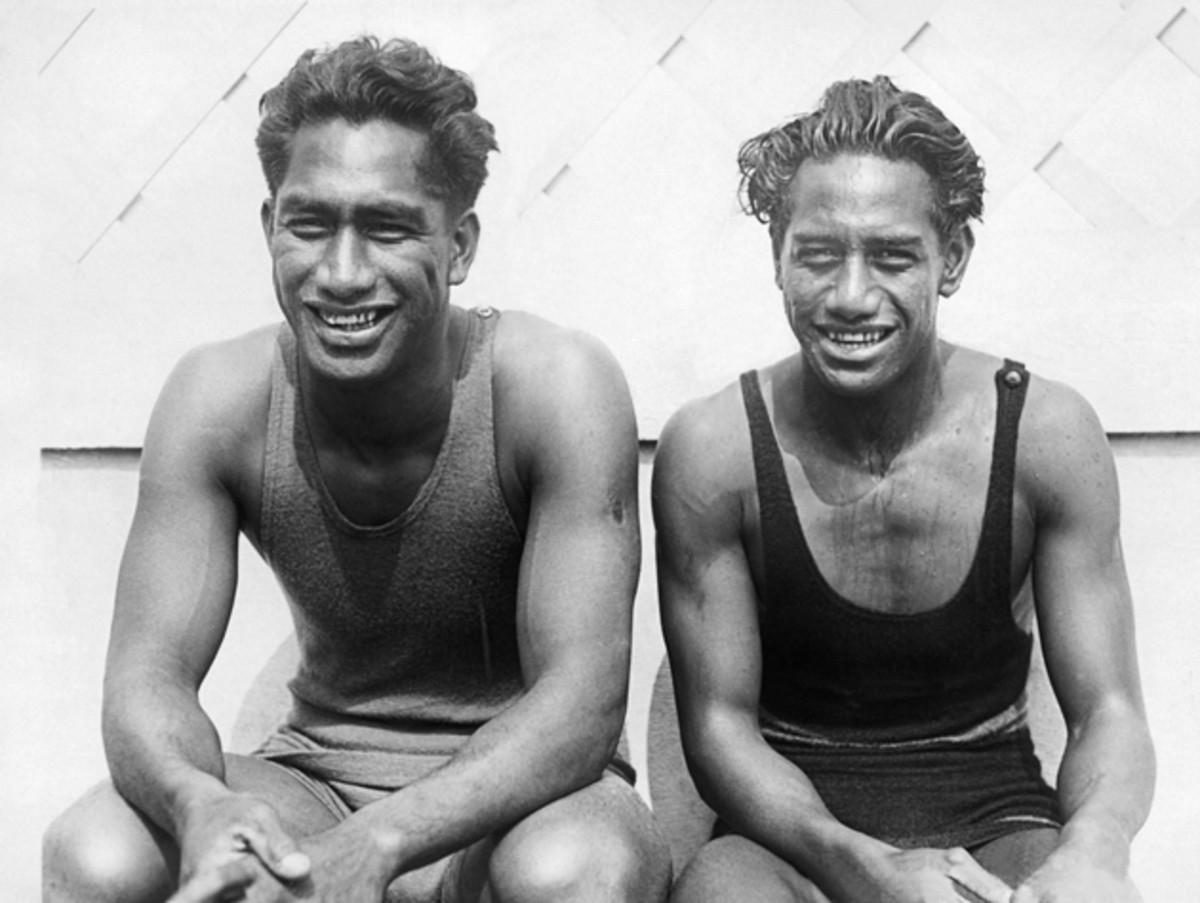
The Stockholm Games made Kahanamoku an international celebrity, and for the next eight years he traveled widely, defending his titles at AAU meets (the 1916 Games were canceled because of World War I) and demonstrating the powerful "Kahanamoku kick," a flutter kick that he used with the overhead arm movement of the Australian crawl. A typical Kahanamoku schedule was reported in a 1916 article in
The
New York Times
: In the space of a month, he was to compete in Chicago, Pittsburgh, New York, St. Louis, Chicago again, Minneapolis, Cincinnati and Detroit. During that tour, a victory in a 100-meter exhibition was chalked up to "strains of Hawaiian music, furnished by a native orchestra, [which] fired the Duke with enthusiasm just before he answered the starter's call, and probably had something to do with his victory."
It was during those years that Kahanamoku began to teach the world how to surf, often bringing with him on his trips the massive longboards that were made of Hawaiian koa wood. The boards were up to 16 feet long and weighed more than 100 pounds.
Today's surfing Australians look upon Kahanamoku's 1915 visit as the appearance of a prophet. Aussies had been intrigued by reports of surf riding before then, but had never been able to master the construction of an adequate board. When Kahanamoku arrived for swimming demonstrations in February of that year, he quickly fashioned a board of sugar pine and gave exhibitions on the waves off the foreshores of Sydney's harbor. That board is still the prized possession of a Sydney surf club.
In 1916, during a Red Cross fund-raising tour of the East Coast, Kahanamoku gave surfing exhibitions at Atlantic City and Coney Island. He was well known in New York City, having been feted along with the rest of the U.S. Olympians on his way home from Stockholm in 1912. In honor of his 1916 appearance, the city fathers named a Brighton Beach thoroughfare after him. The street itself is long gone, but people in the neighborhood recall that it ended at the ocean, at a spot that is said to have the best surf in the area.
Training with Ian Walsh: Building mind and body to take on the biggest waves
Duke was 30 years old and at his prime when he led a team that included 11 Hawaiian swimmers to the 1920 Antwerp Games. In the semifinals he equaled his own world record for the 100-meter freestyle with a time of 1:01.04 and then set a new record of 1:00.4 in the final. He also anchored a world-record-setting 800-meter relay team.
How does a young, handsome swimming star capitalize on his fame? He goes to Hollywood, and in the '20s, Kahanamoku split his time between Honolulu and Los Angeles, where he began a movie career that lasted 28 years and included dozens of films. Publicity photos show him in a variety of bare-chested roles, including a ridiculous pirate get-up in the 1926 silent film Old Ironsides, starring Wallace Beery. He also appeared with John Wayne in the 1948 adventure Wake of the Red Witch, in which Kahanamoku played a Polynesian chief.
It was during this period that Duke began his unofficial career as Hawaii's greeter. He was there to welcome nearly every well-known person who visited the islands. "When celebrities and royalty came to town, it was automatic that they'd go to Waikiki and Duke would take them on an outrigger canoe ride," said Timmons.
Through the years, in photos, we see Kahanamoku in a boat with Babe Ruth: on the beach with a young Shirley Temple; holding a clean-shaven Groucho Marx on his shoulders; comparing canoe paddles with Joe DiMaggio; chatting with President John F. Kennedy; and giving an impromptu hula lesson to Queen Mother Elizabeth of Great Britain.
Kahanamoku trained for the 1924 Paris Games at the Los Angeles Athletic Club, and it was in the trials for those games that he was first beaten in the 100 meters by a 19-year-old upstart from Illinois named Johnny Weissmuller. Weissmuller broke an Olympic record to beat Kahanamoku again in the final of the 100 meters in Paris, leaving Duke with a silver medal. Brother Sam Kahanamoku came in third—and reportedly slowed down out of respect for his older brother. Years later, Duke would joke, "It look Tarzan to finally beat me."
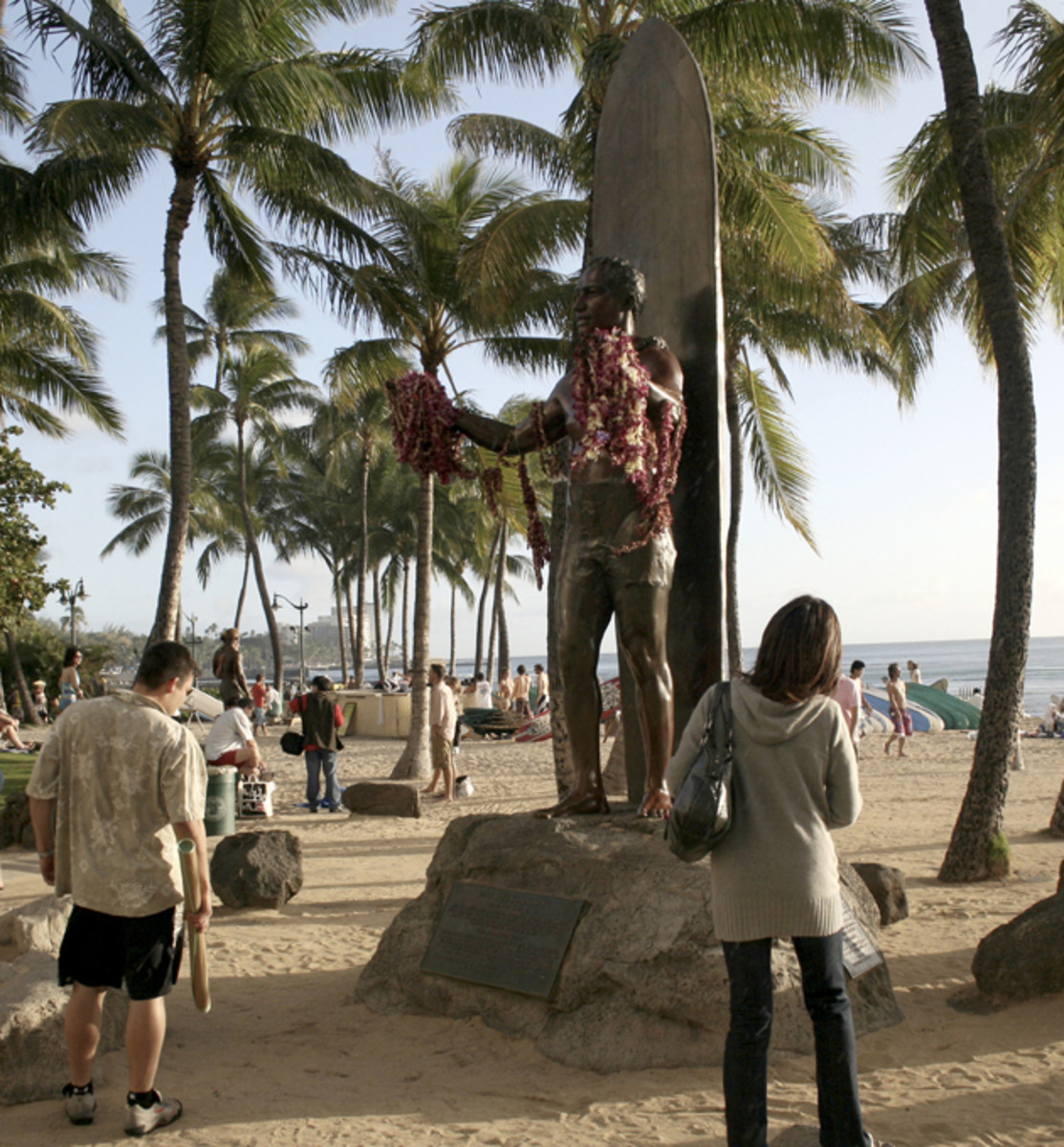
Kahanamoku's finest moment came not in an official arena, but on a Southern California beach in 1925. During one of his Hollywood stints he and some pals decided to go surfing at Corona del Mar, about 50 miles south of L.A. As they waited out some nasty weather that sent huge waves crashing down on the beach, Kahanamoku and his friends spotted a boat in trouble just beyond the surf line. While they watched, the Thelma lost power, and within minutes she was drifting helplessly into the crashing breakers. A few moments later, the boat capsized, throwing all 29 passengers overboard.
Kahanamoku quickly grabbed his surfboard and began to paddle into the stormy ocean. The waves were pounding so furiously that when a breaker came in, he had to scramble beneath the board and hold on with all fours as the waves broke over him. Fighting his way out, he came upon the havoc of the sinking boat and began grabbing its occupants and shoving them onto the board, begging them to hold on. On the first trip he put three on the board and paddled back through the waves to shallow water. While his friends pulled them to shore, Kahanamoku turned around and paddled out again, this time putting two more on the board and kicking through the waves to safety. He returned a third time and rescued three more before he was exhausted and gave way to others who joined the rescue effort. In all, he personally saved the lives of eight people in a disaster that claimed the lives of 17.
Later, the Newport Beach, Calif., chief of police was quoted in the newspapers as saying, "Kahanamoku's performance was the most superhuman rescue act and the finest display of surfboard riding that has ever been seen in the world."
Kahanamoku returned to Hawaii in 1927 to officially open the Waikiki Natatorium, and it was then that his brother Sargent first saw his famous sibling in action. "The place was just packed," recalls Sargent. "When Duke jumped into the water in the middle lane, the waves he made spread out and splashed over the sides of the natatorium. I could have taken a surfboard and ridden in his wake."
Illness kept Duke from qualifying for the 1928 Amsterdam Olympics, in which Weissmuller won two more gold medals. In 1932, at the age of 42, Kahanamoku surprised everyone by trying out one last time for the swimming team for the Los Angeles Games. Despite swimming 100 meters in 59.8 seconds, which was faster than his times from 21 years earlier, he didn't make the team. Instead, he earned a spot as an alternate (although he did not play) on the bronze-winning water polo team. In all, Kahanamoku won three gold and two silver Olympic medals in swimming.
Kahanamoku returned to Hawaii and settled down, first operating a pair of gas stations (a derisive song at the time was titled "Duke Kahanamoku, Former Olympic Champion, Now Pumping Gas") and then starting a 26-year career as Honolulu's sheriff. In his later years, he lent his name to everything from a line of Hawaiian shirts to the nationally televised Duke Kahanamoku Invitational Surfing Championships. He continued to compete locally well into his 50s, over one span guiding Hawaii's Outrigger Canoe Club to seven straight championships.
Last month, to commemorate the 100th anniversary of Kahanamoku's birth, a nine-foot bronze statue was dedicated on Waikiki Beach. It depicts Duke standing with his back to the ocean, a 12-foot surfboard at his side, and his arms outstretched to welcome visitors. The "Bronze Duke of Waikiki" is again by the waves he loved so well.
GALLERY: SI's greatest surfing photos of all-time
Sports Illustrated's greatest surfing photography
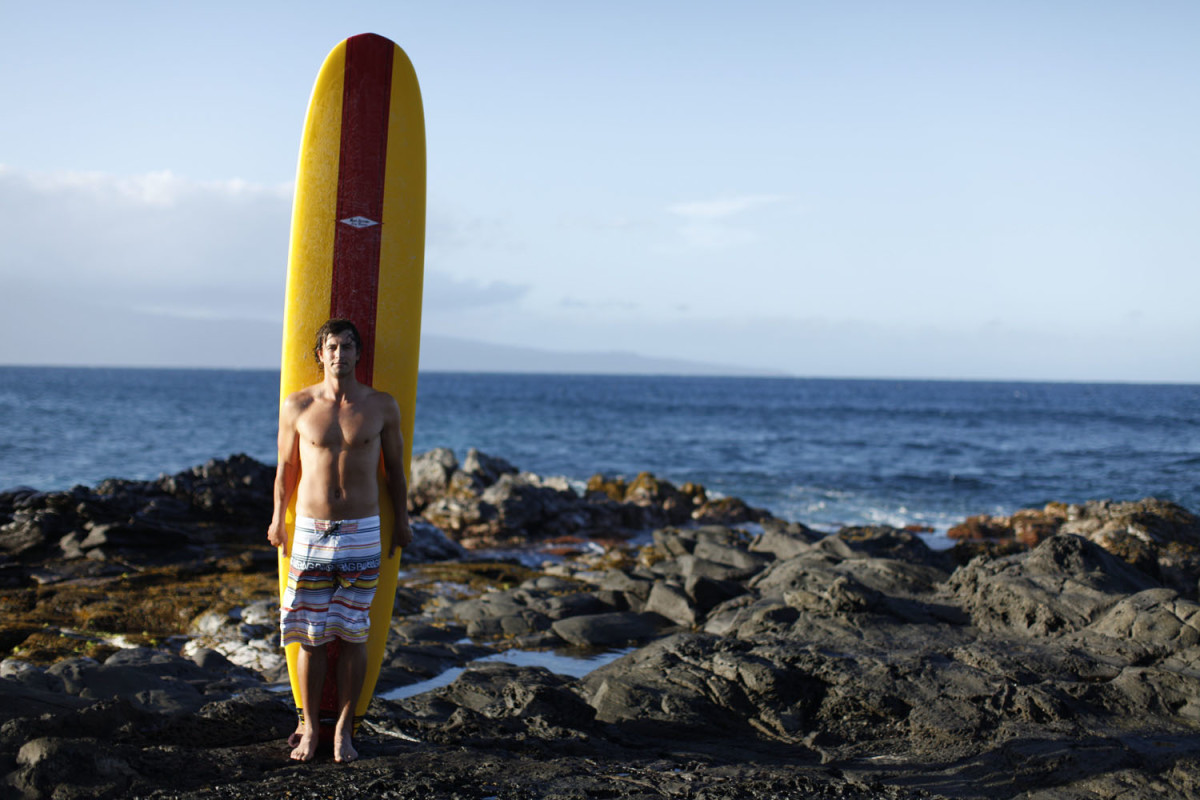
Adam Scott
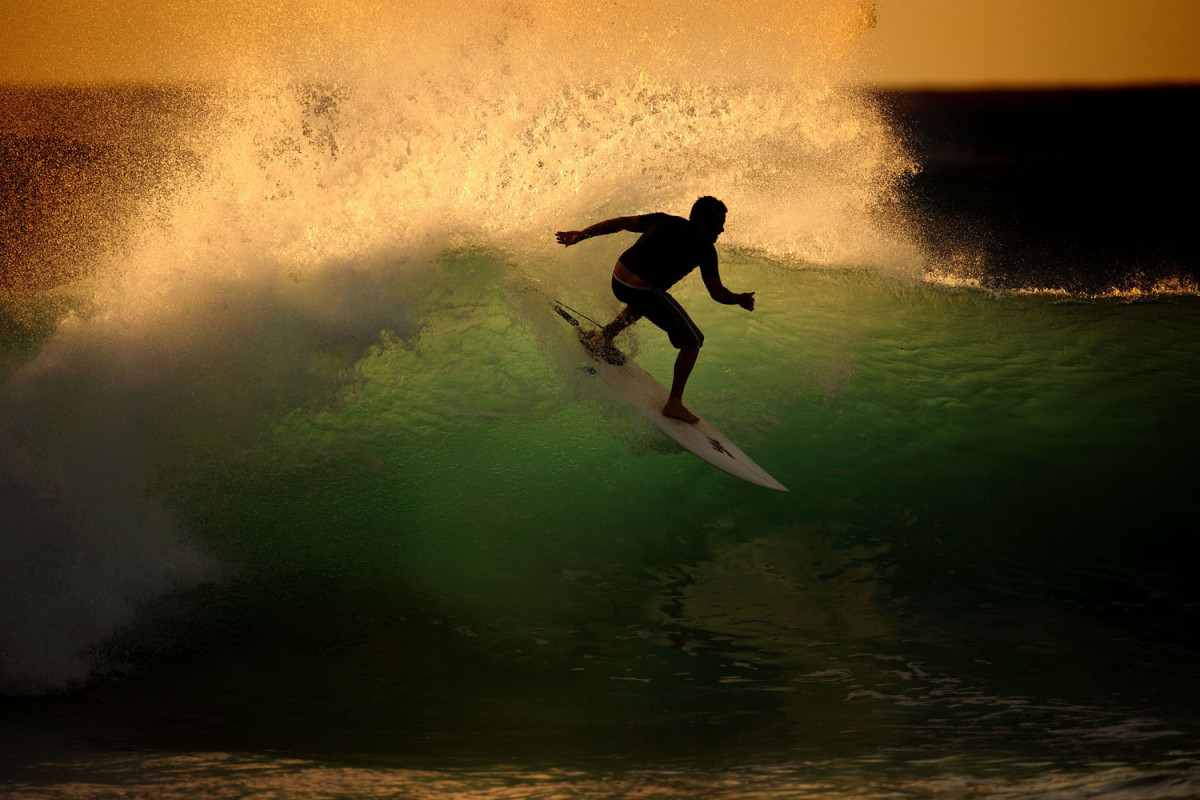
Rocky Point Surfers
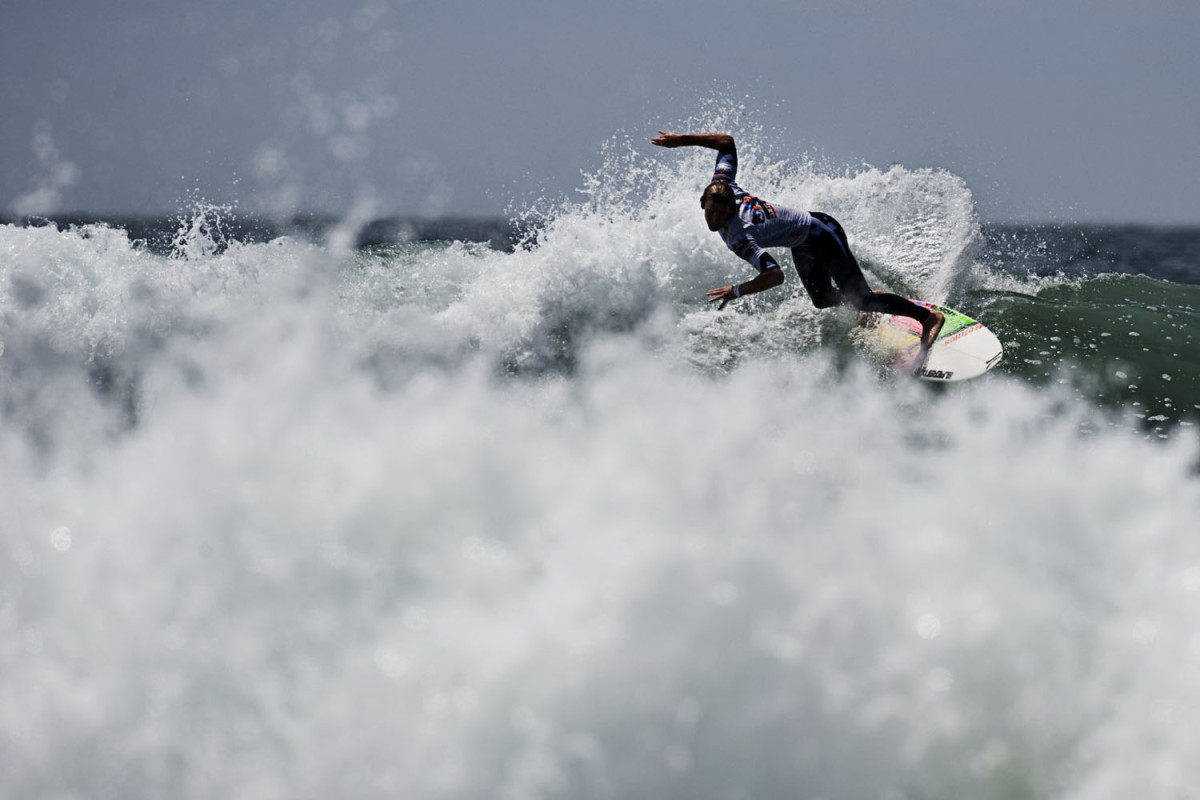
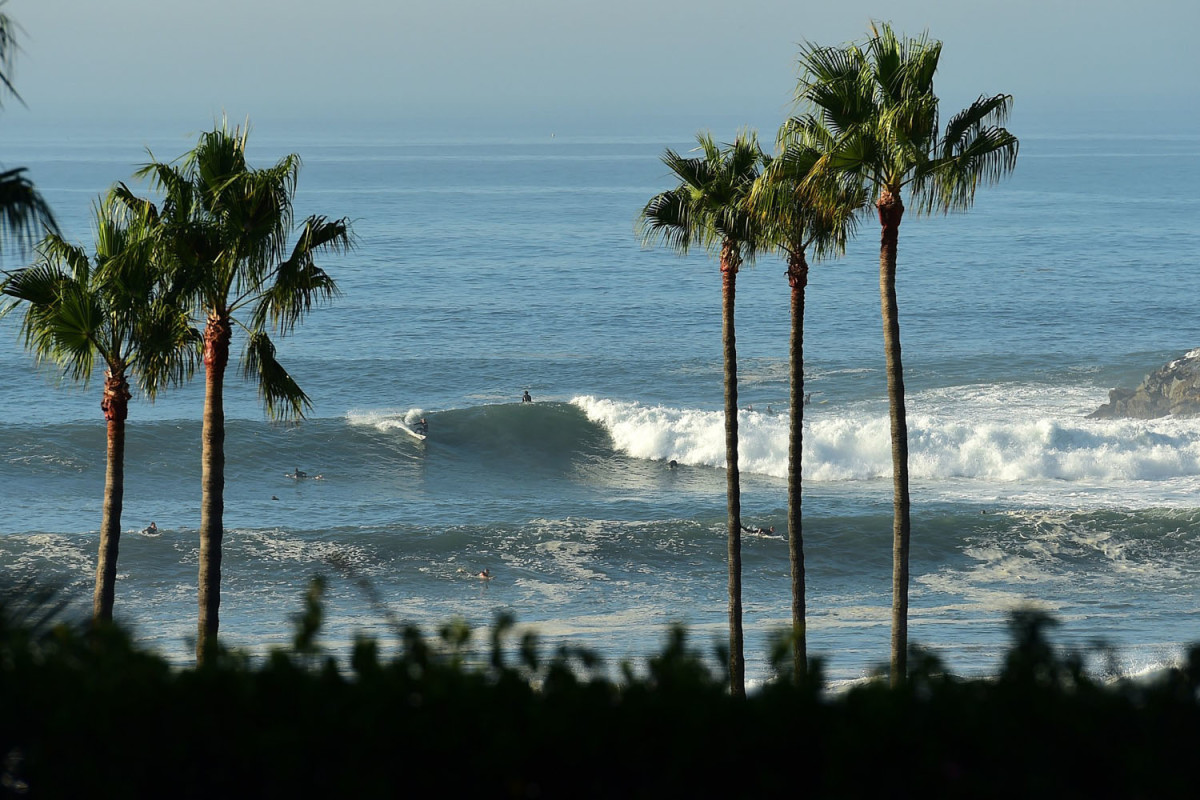
Big Surf at The Wedge
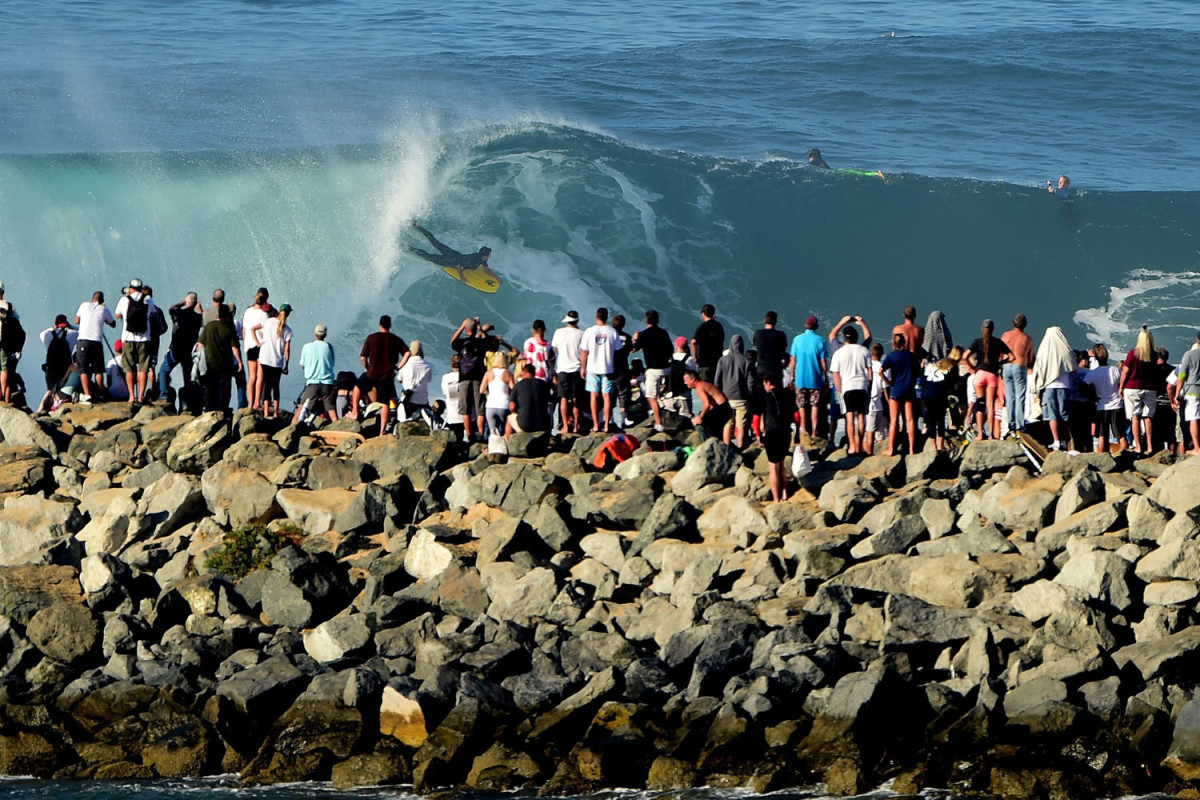
Big Surf at The Wedge
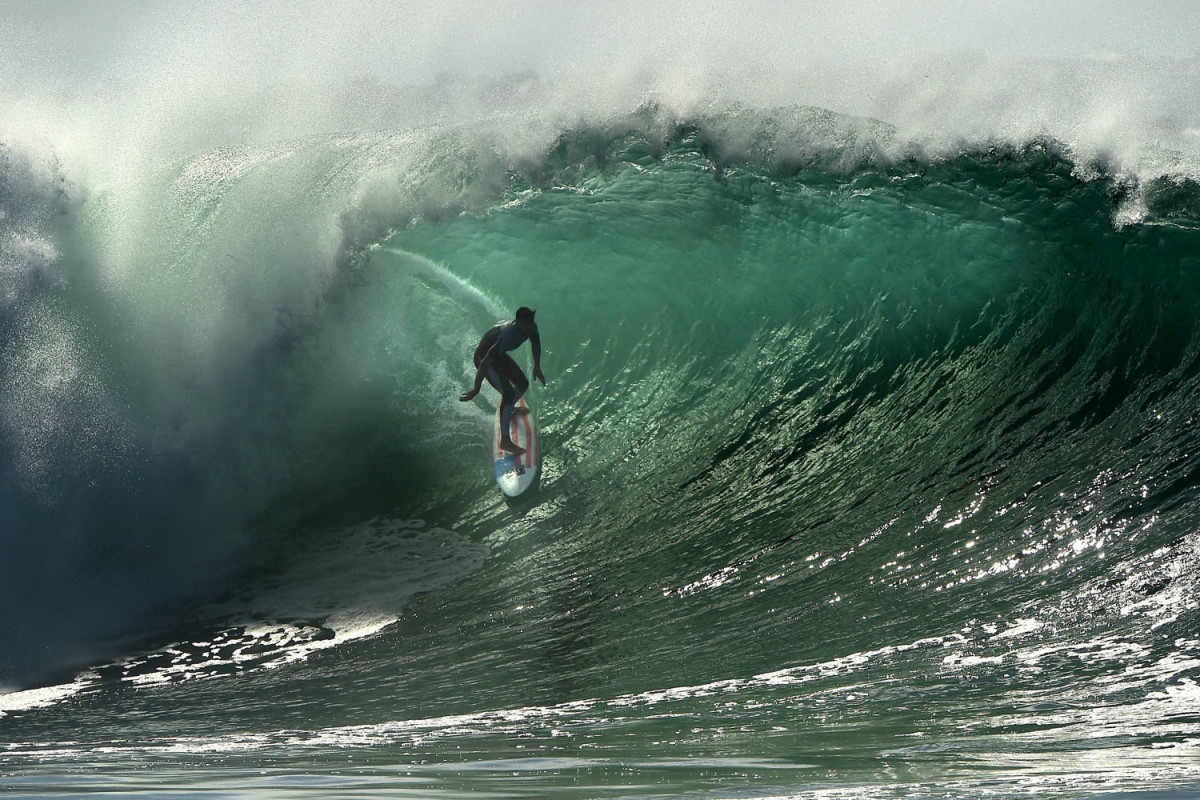
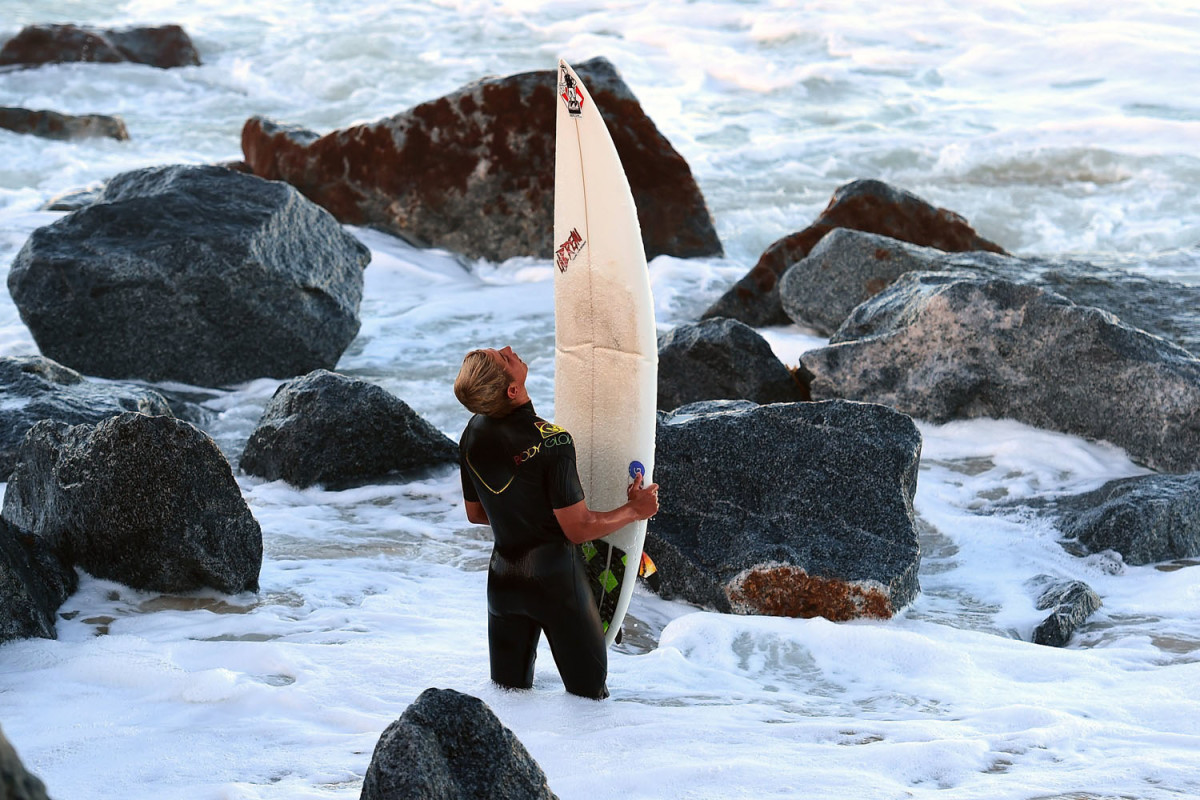
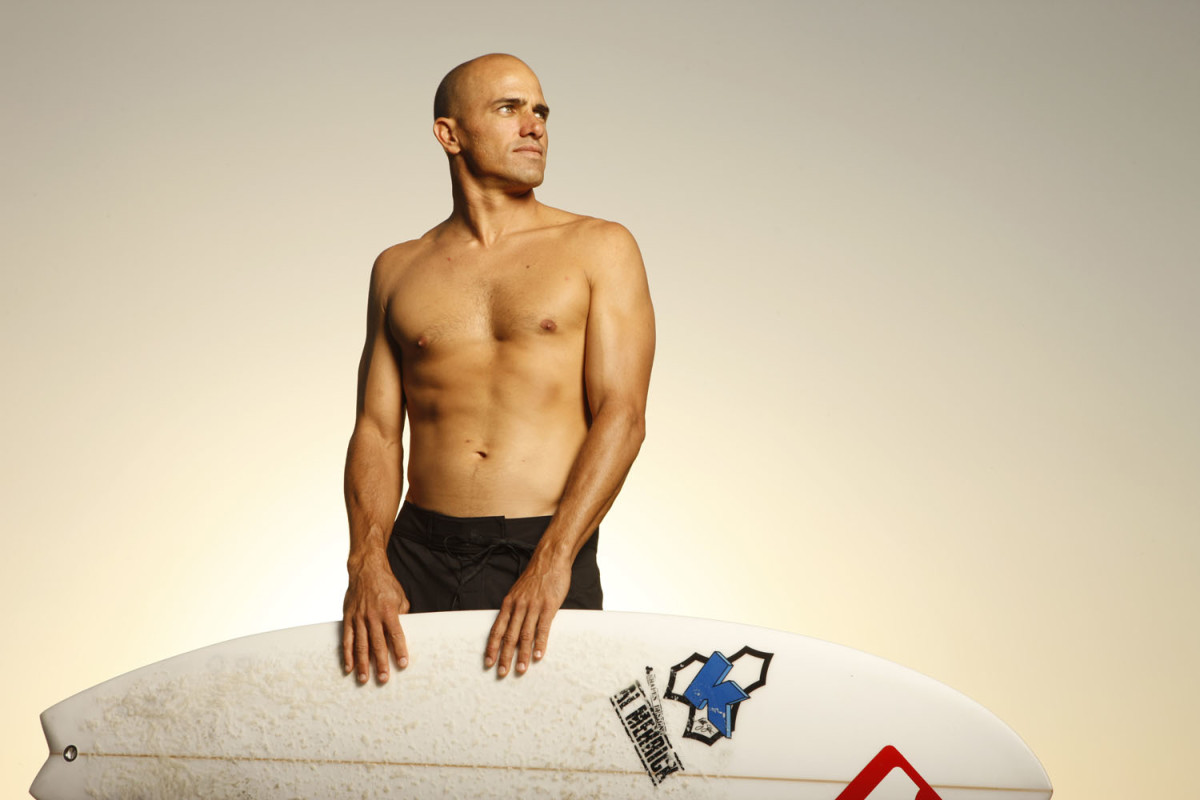
Kelly Slater
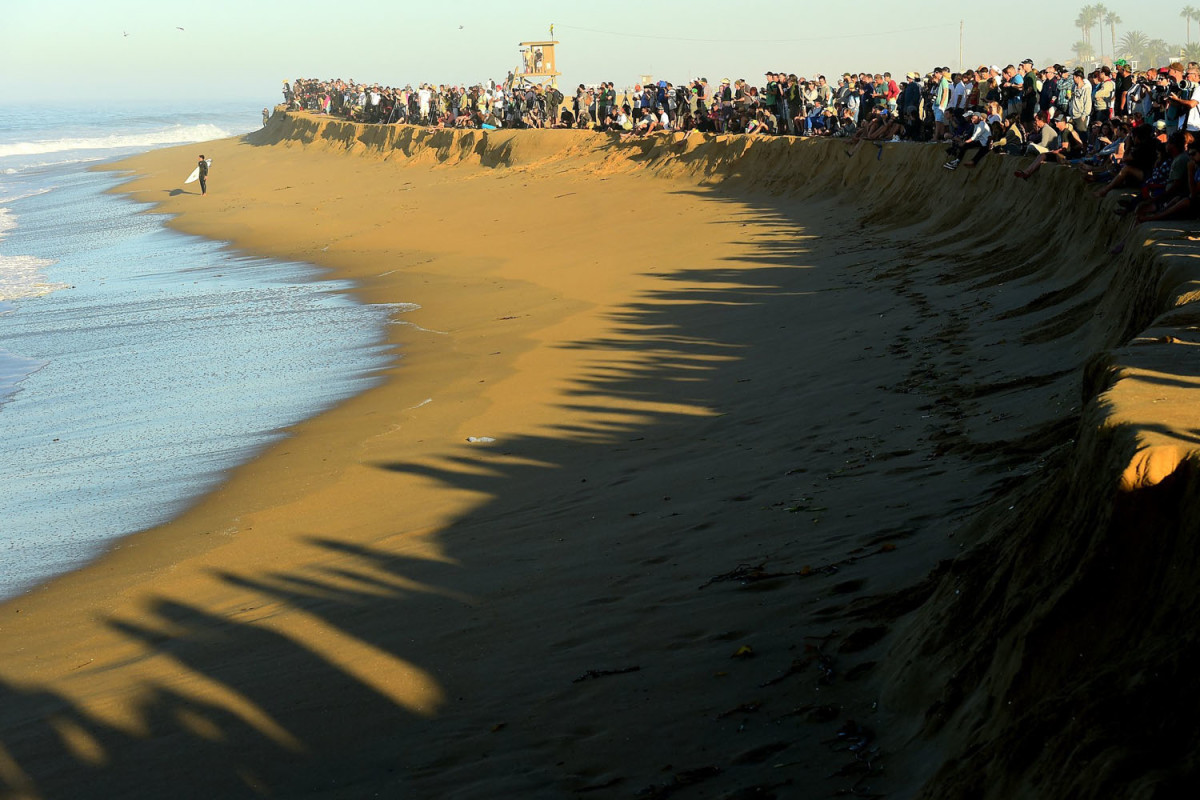
Big Surf at The Wedge
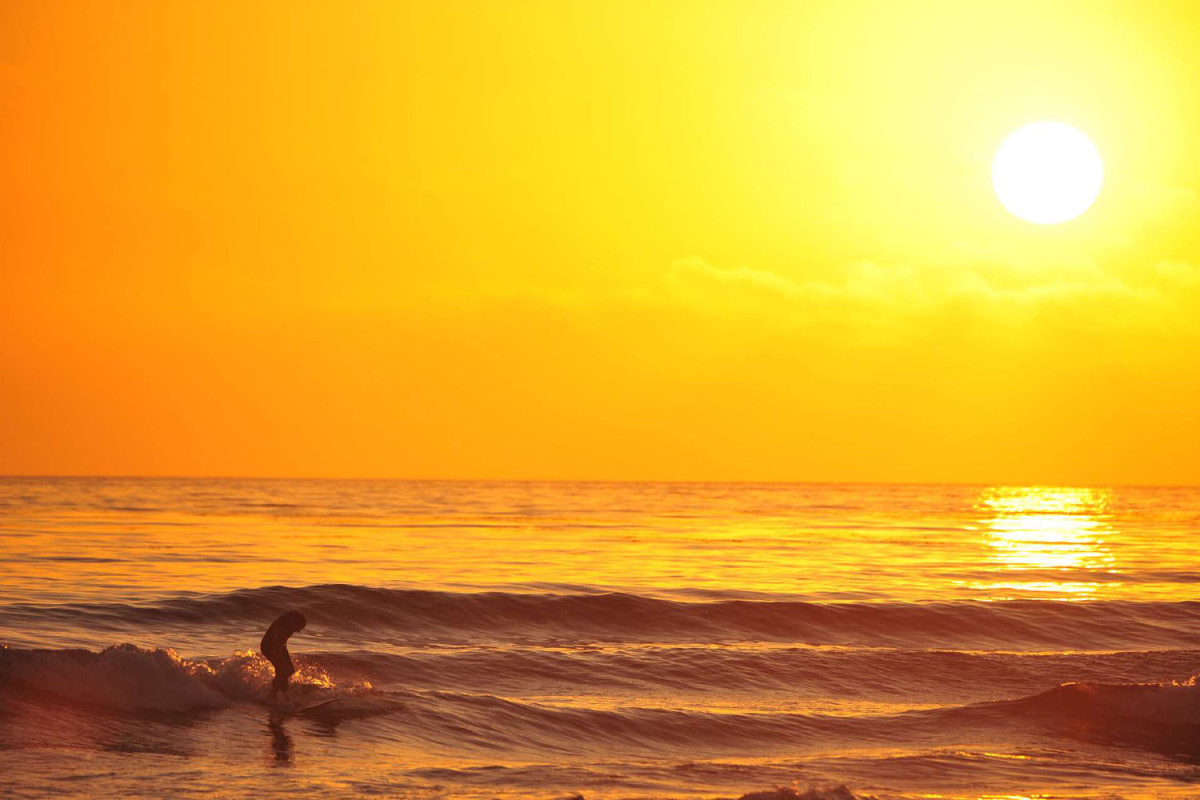
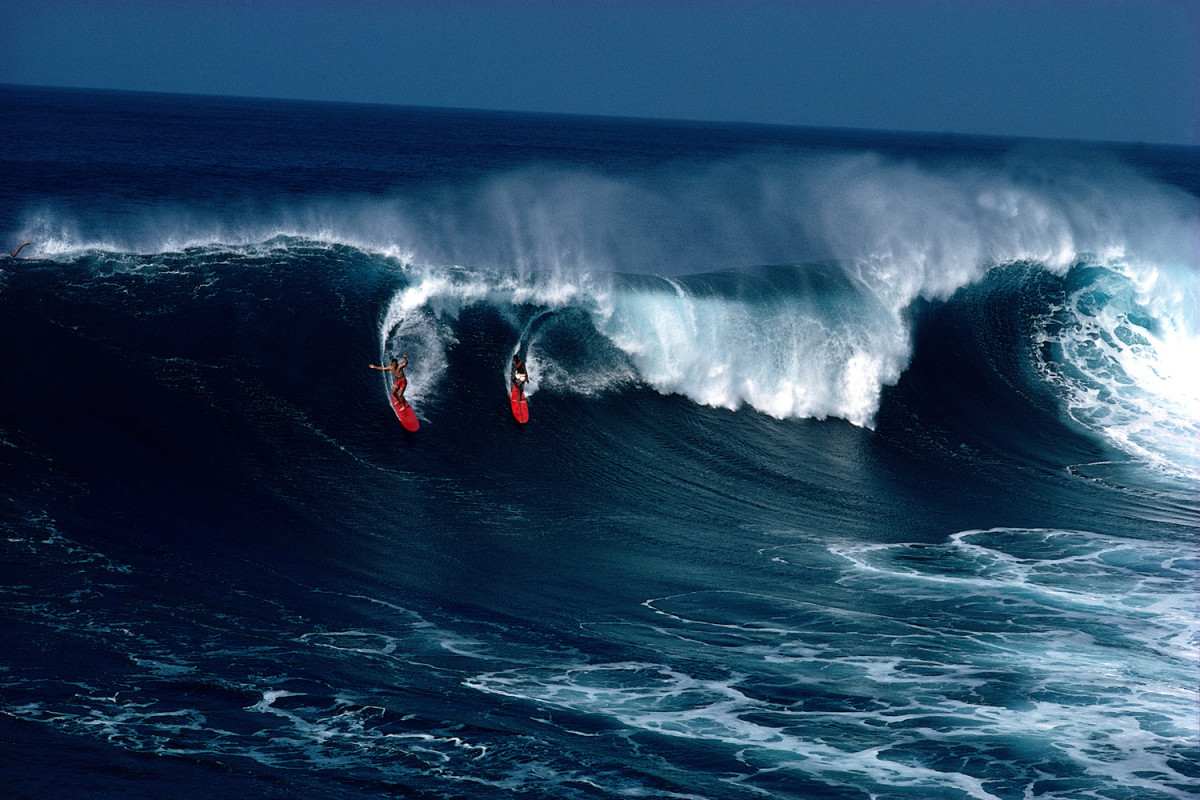
Surfing the Waimea Shorebreak
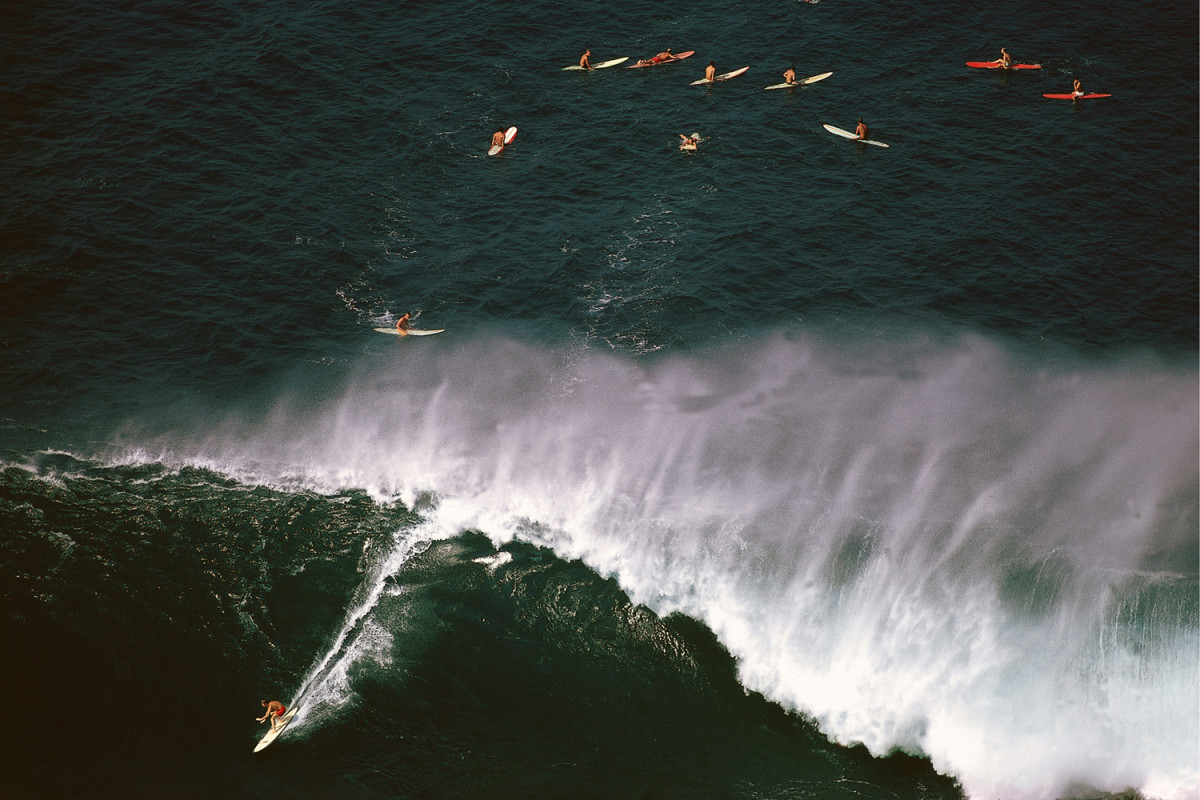
Surfing the Waimea Shorebreak
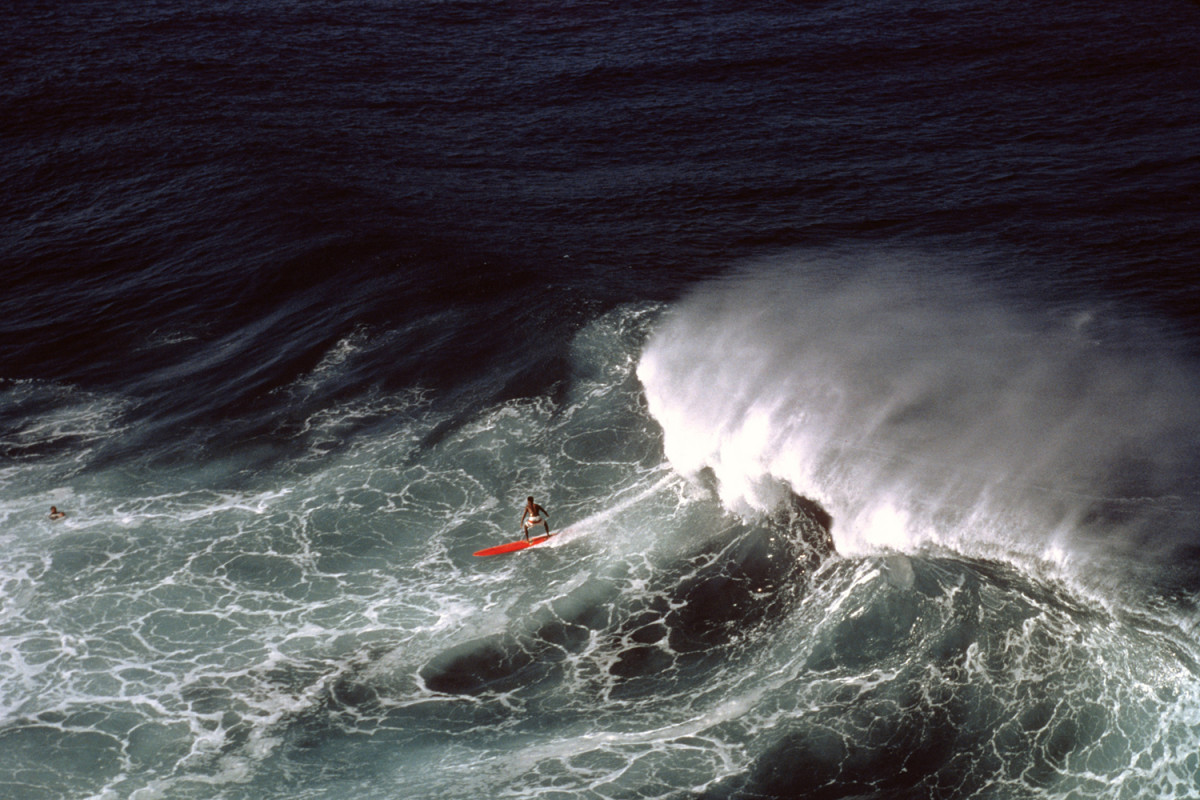
Surfing the Waimea Shorebreak
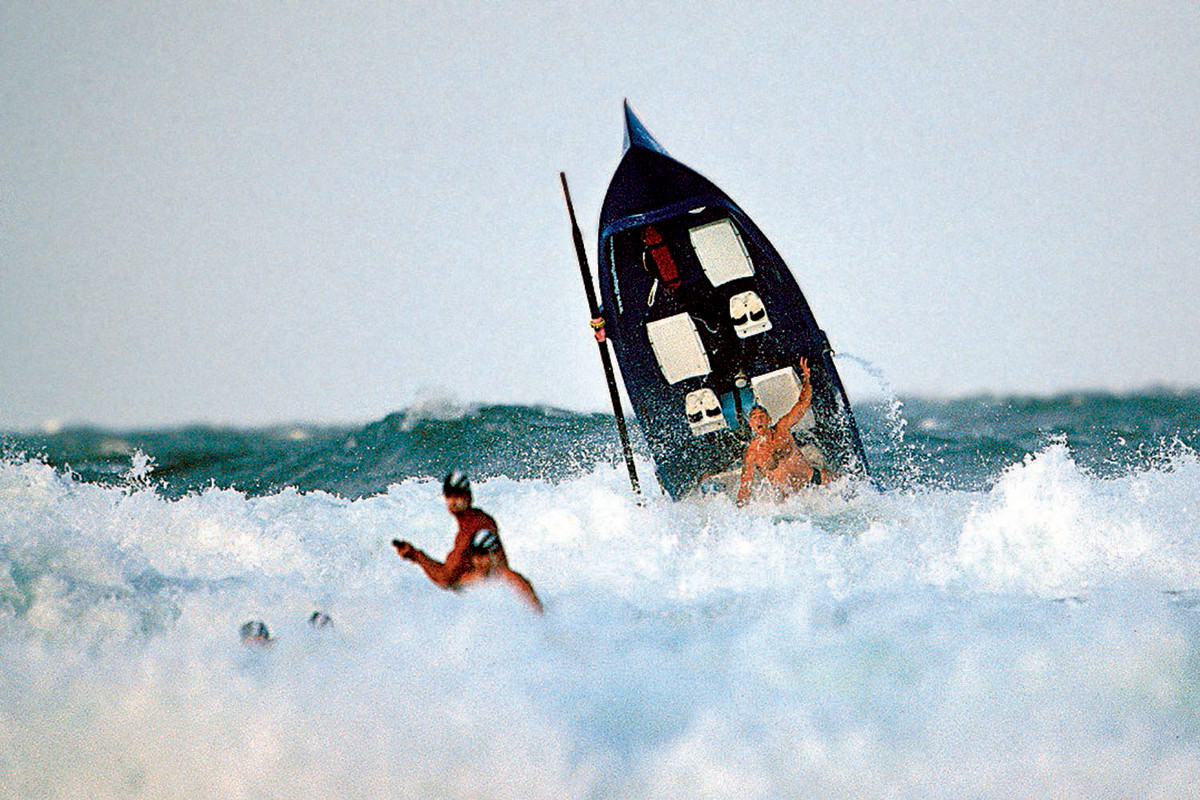
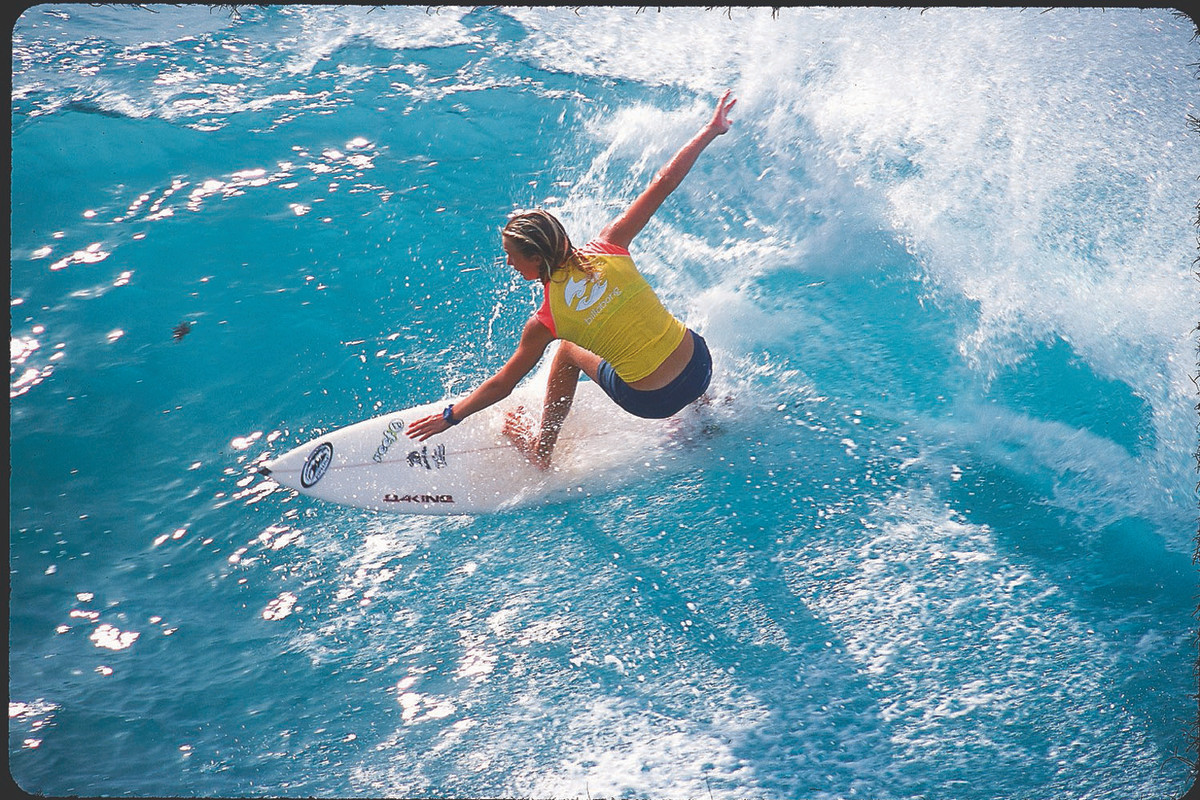
Billabong Girls Pro Maui
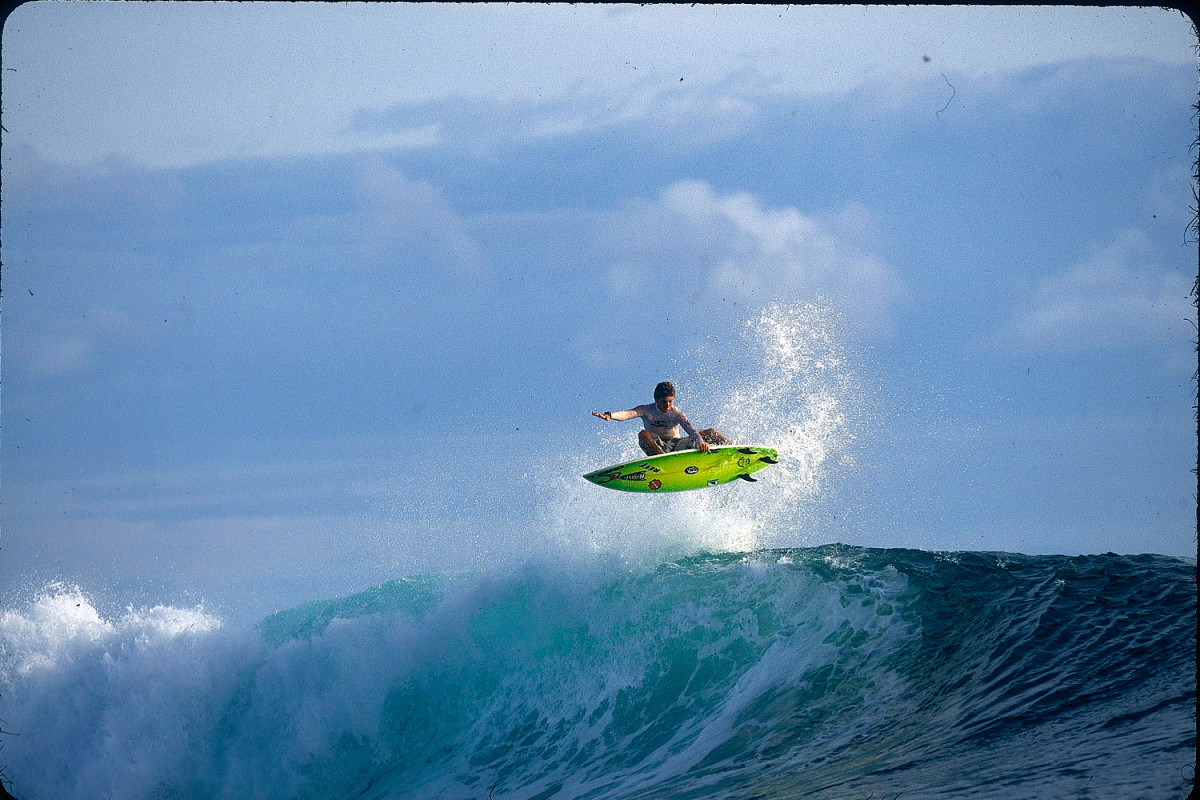
Kellen Ellison
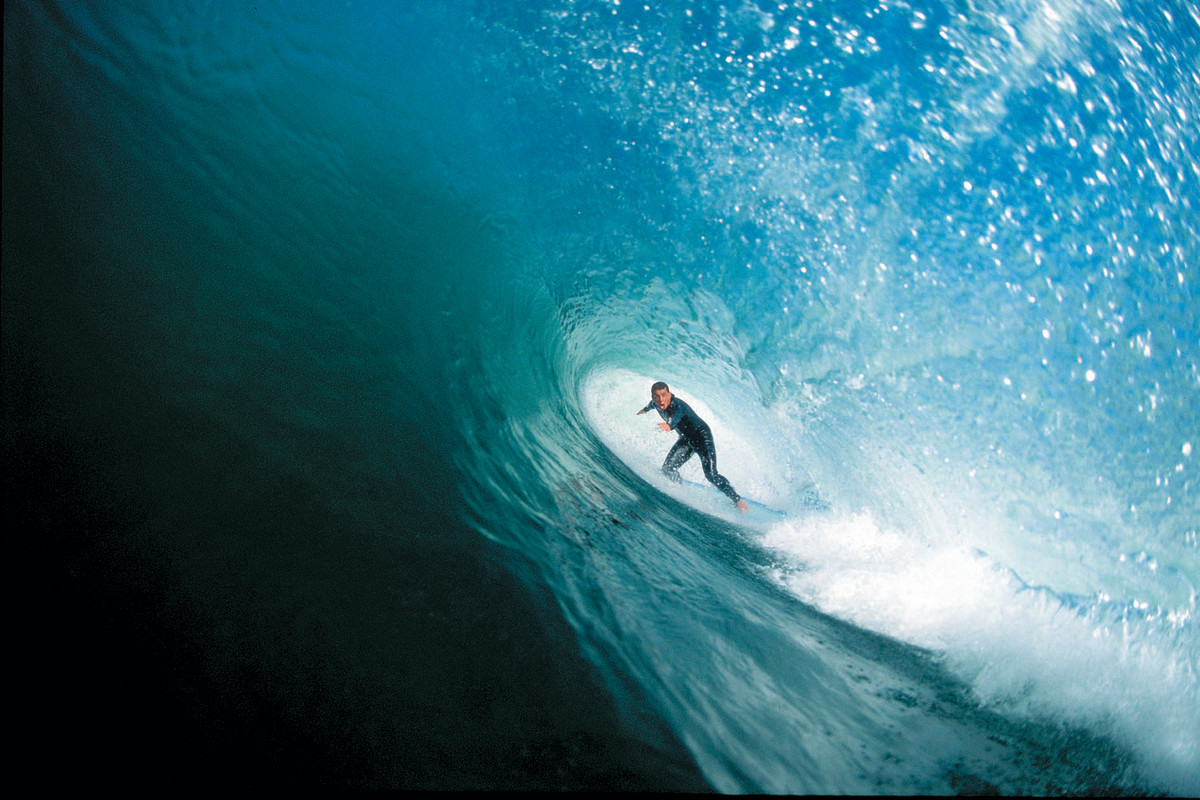
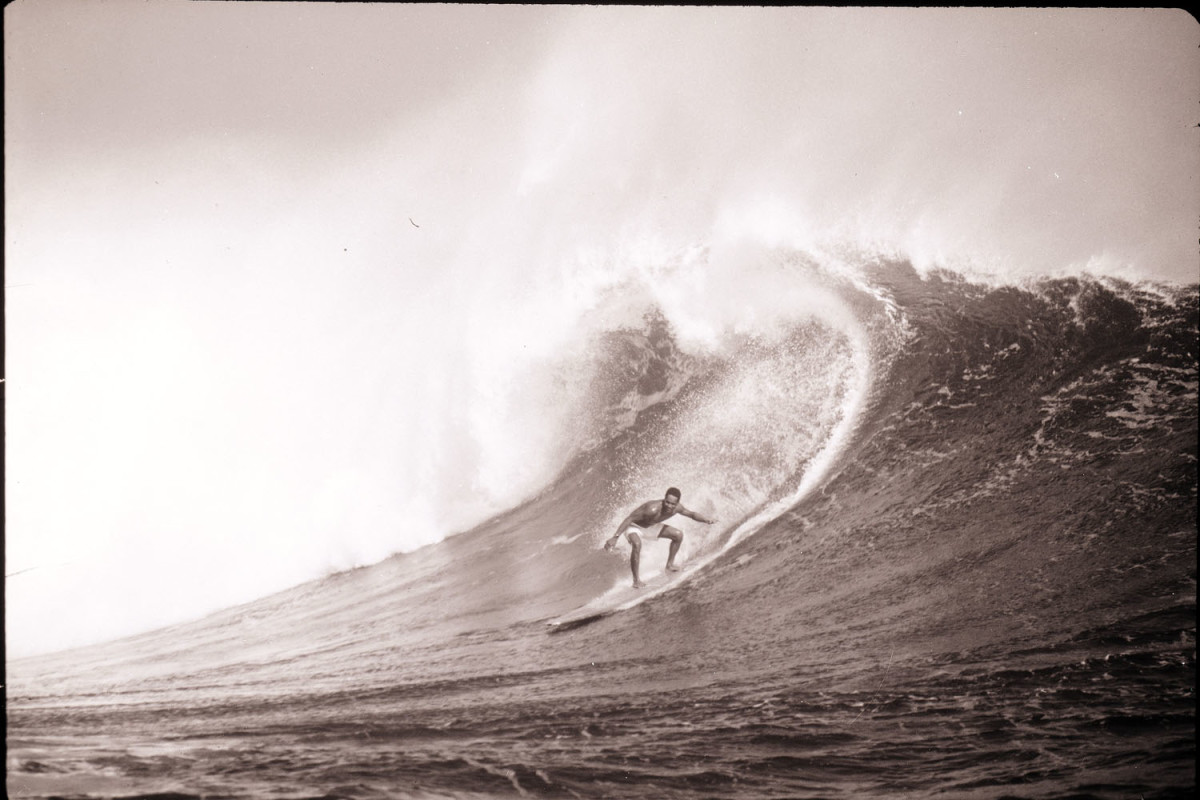
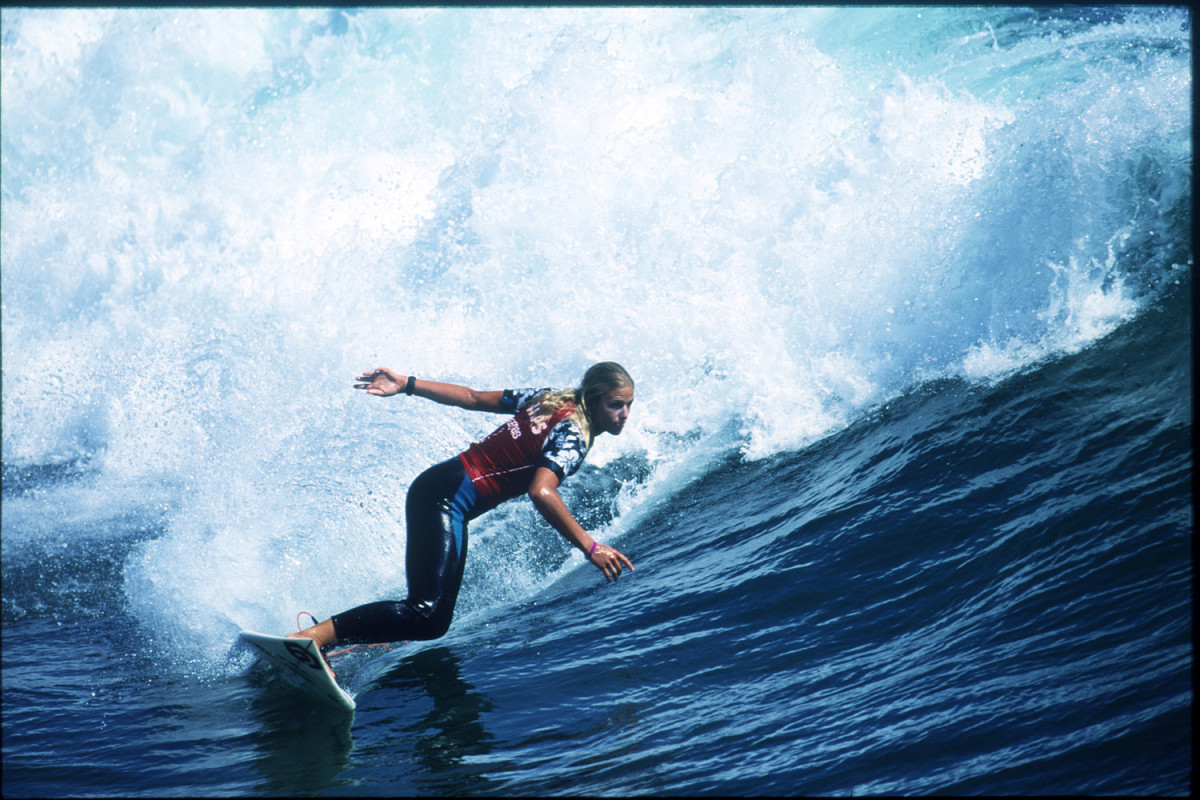
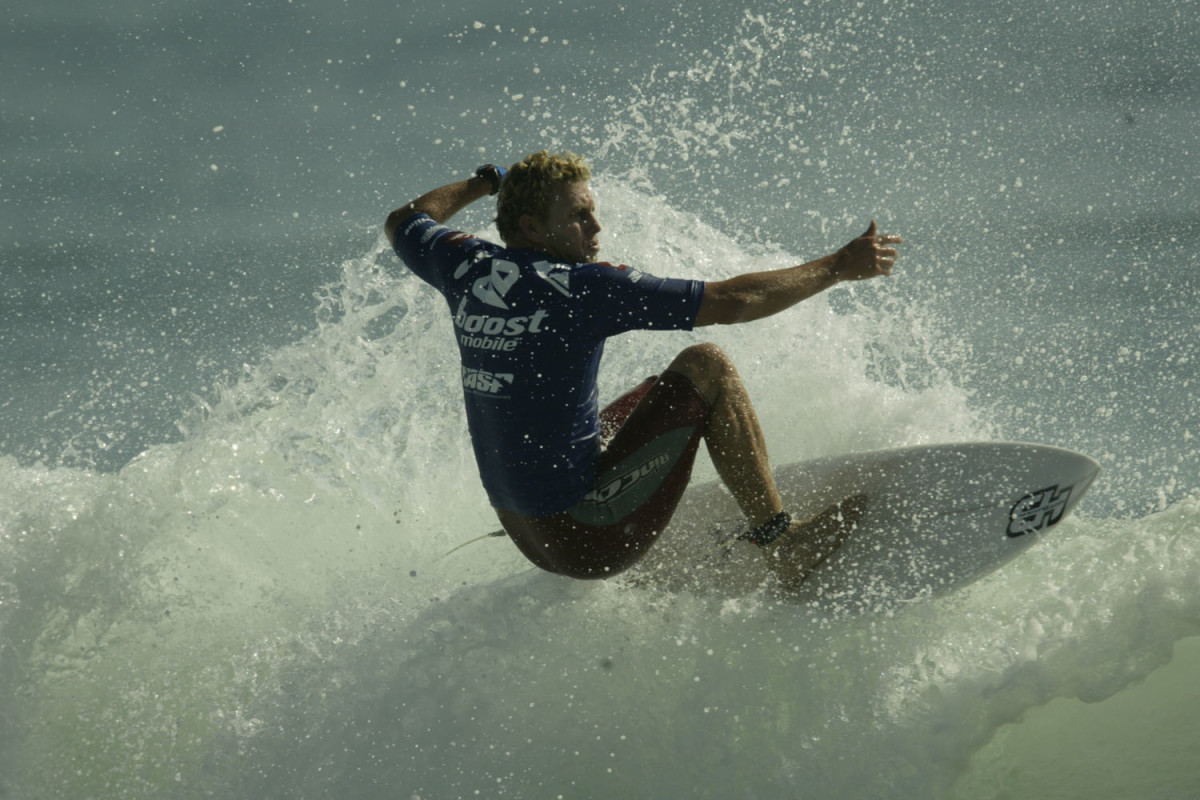
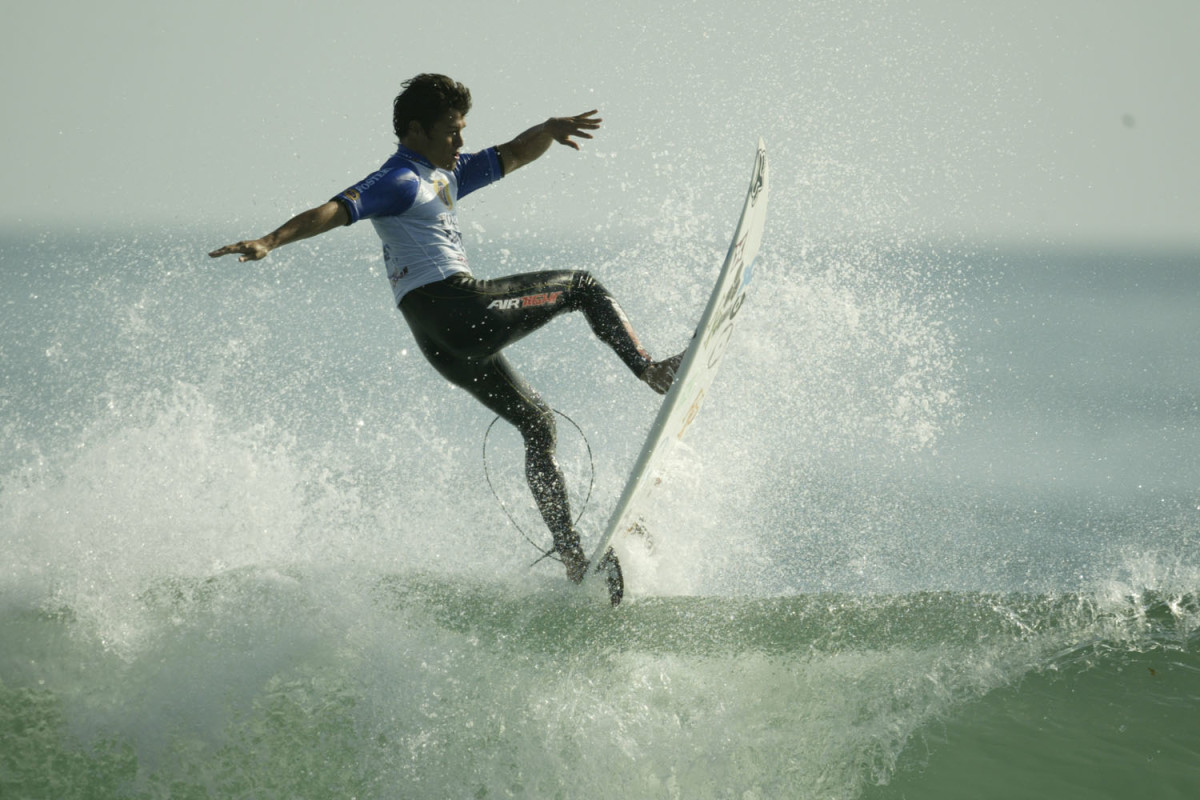
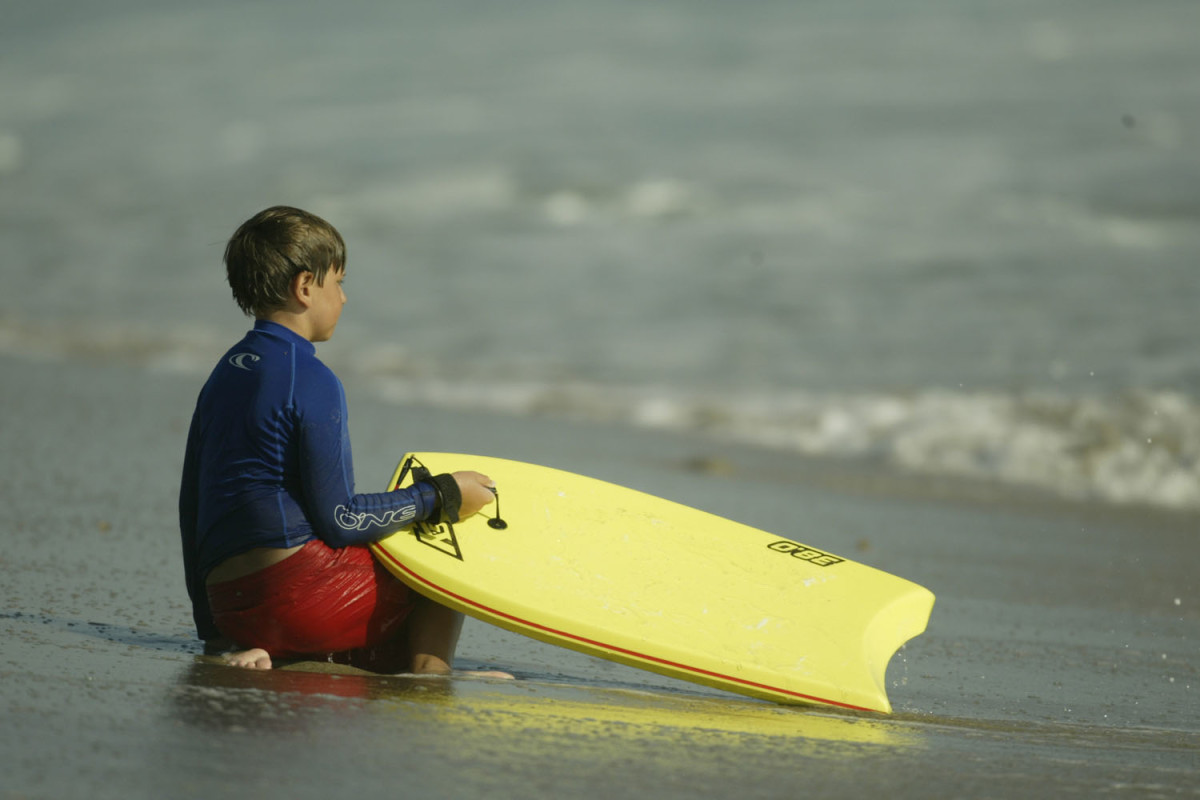
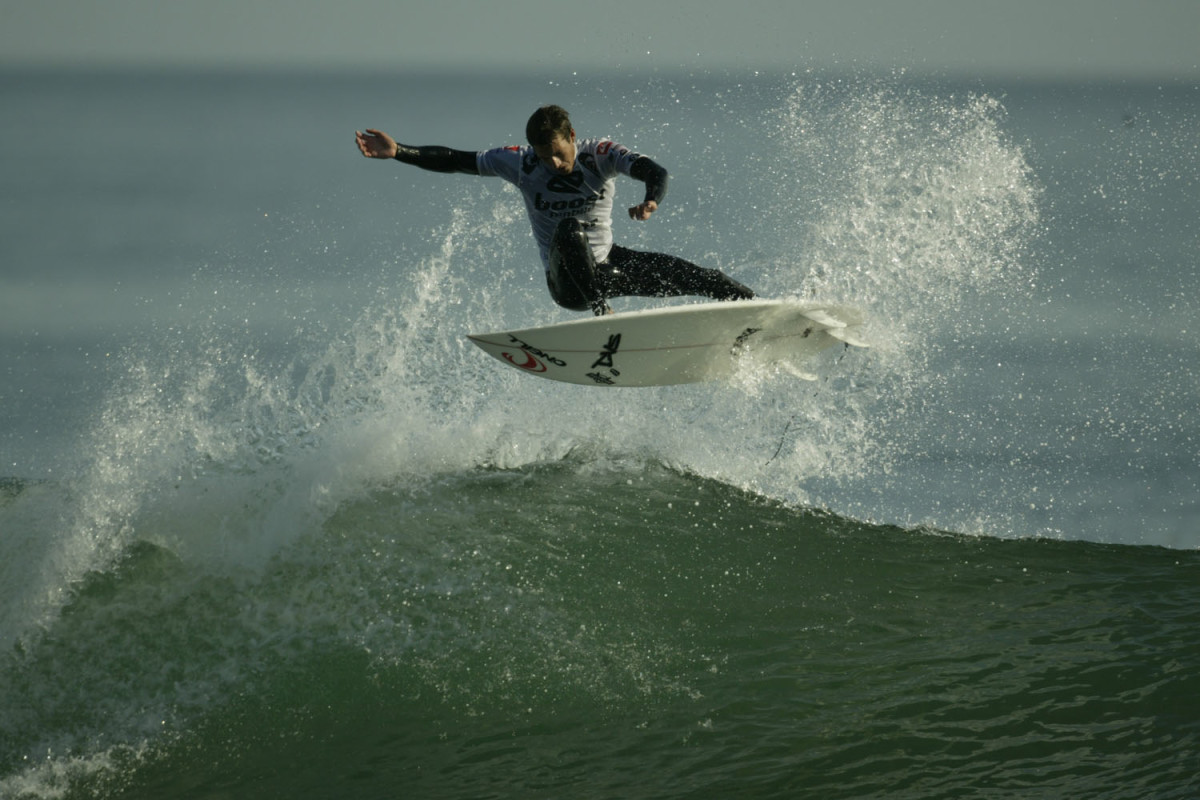
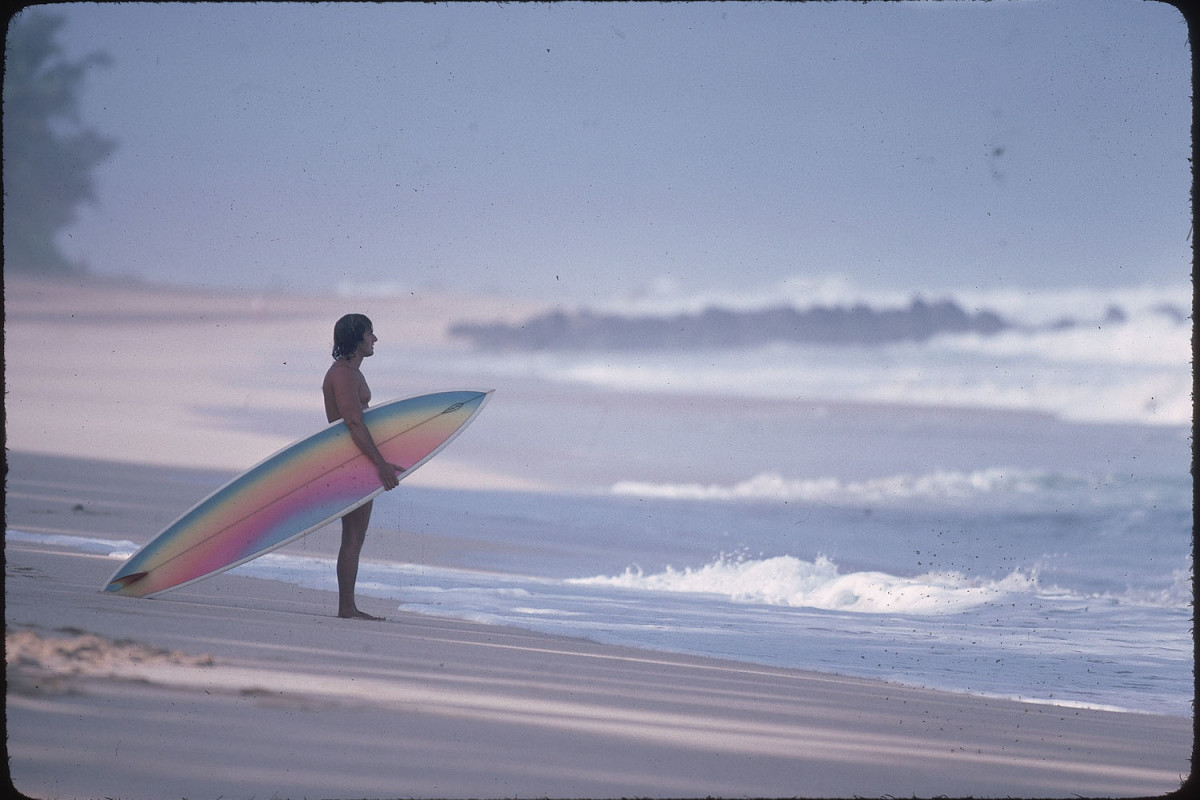
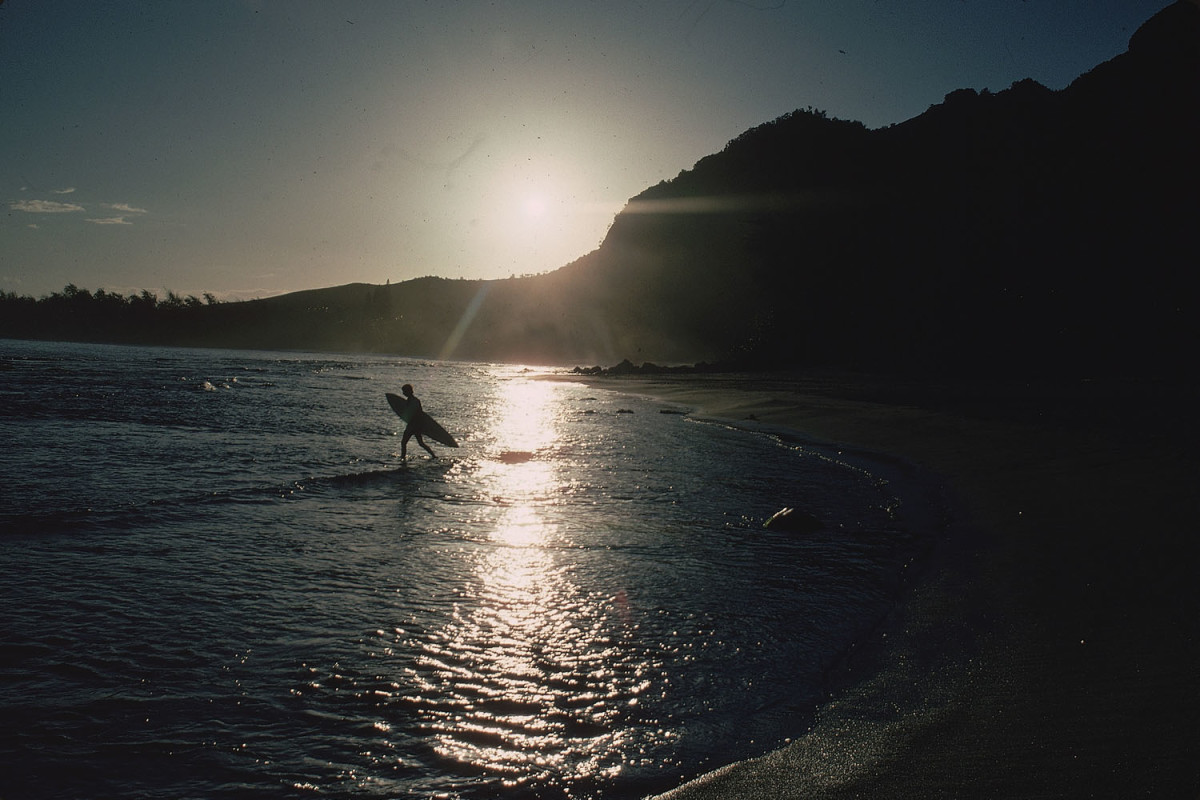
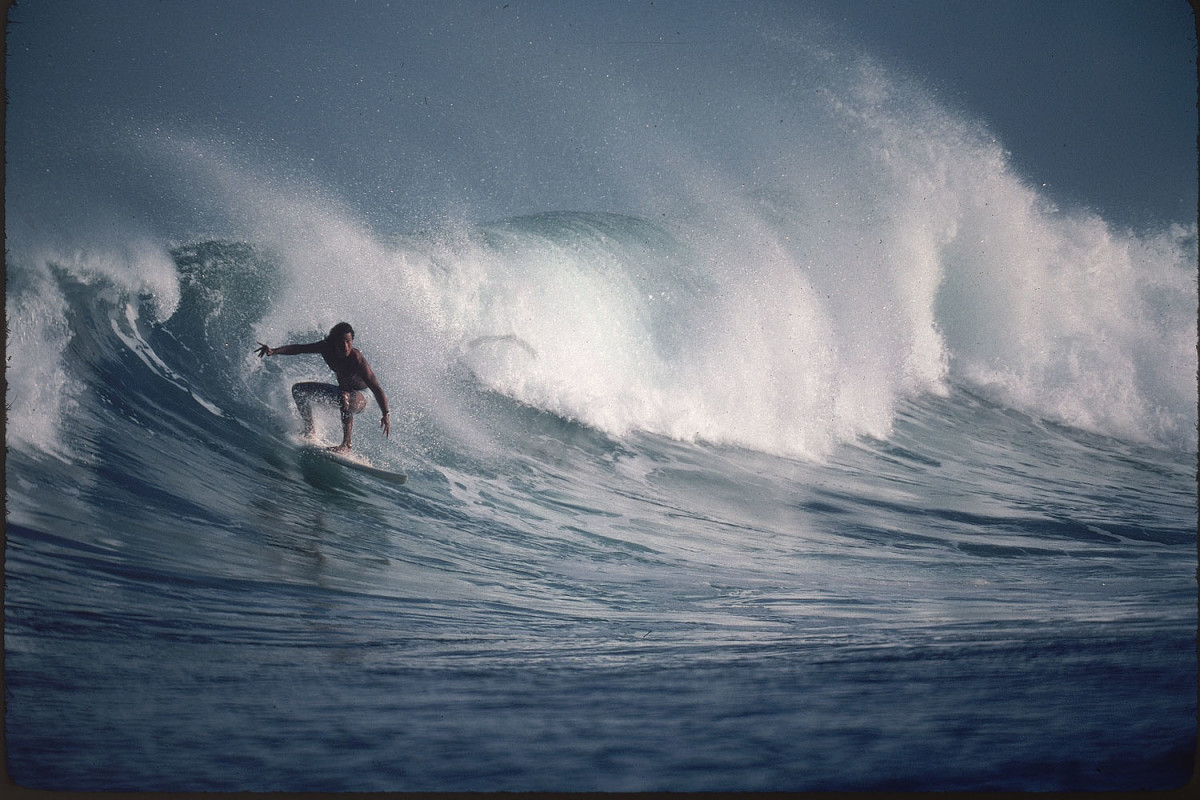
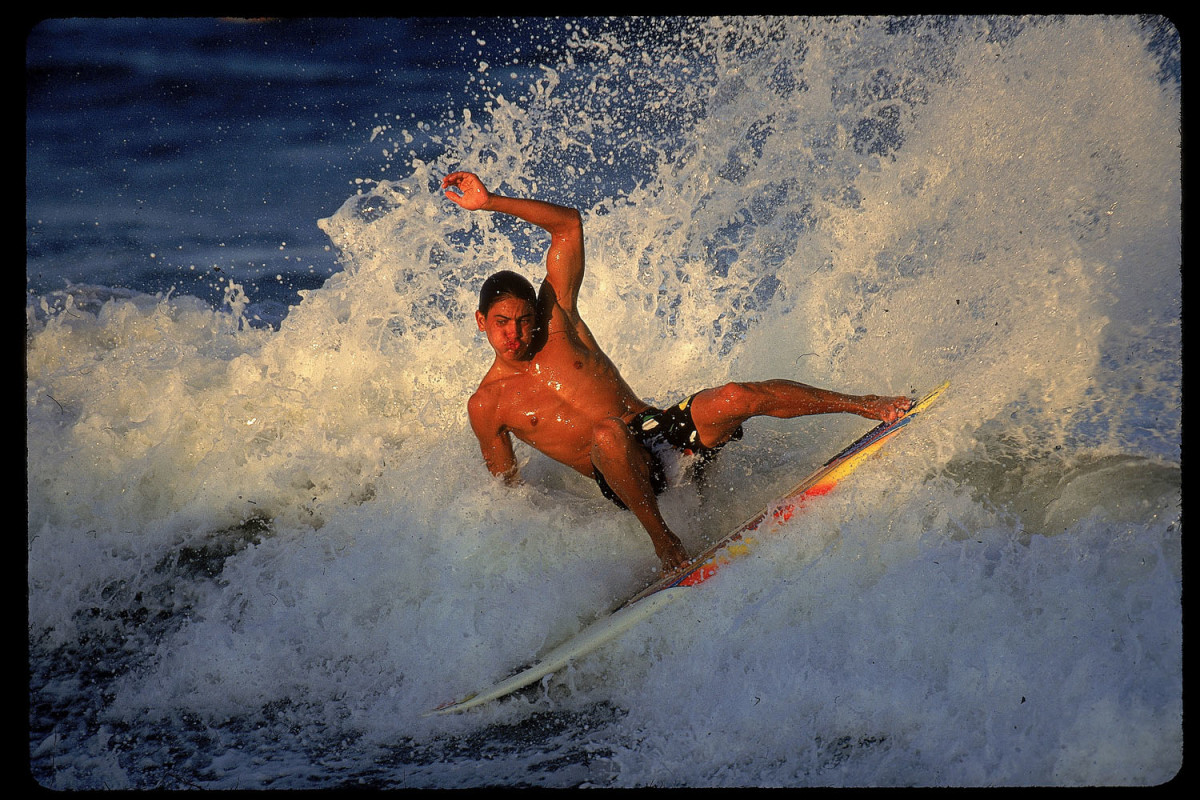
Kelly Slater
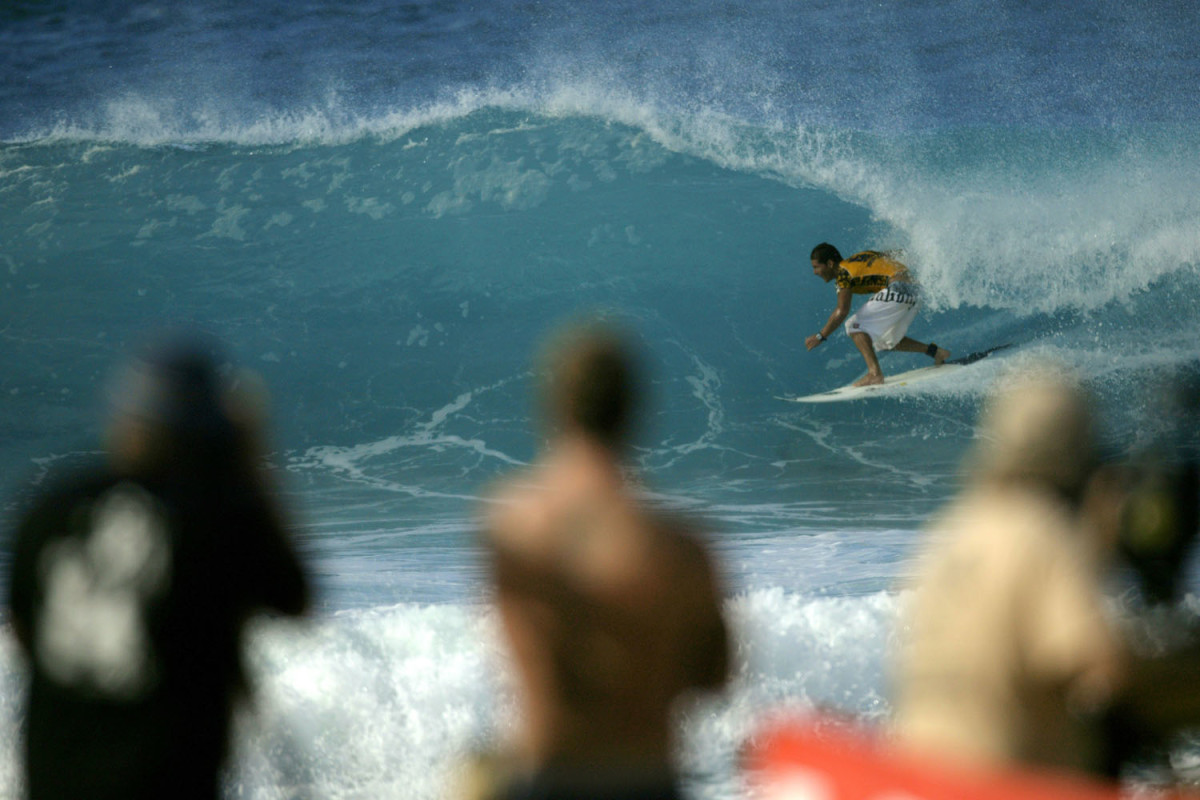
Pipeline Masters
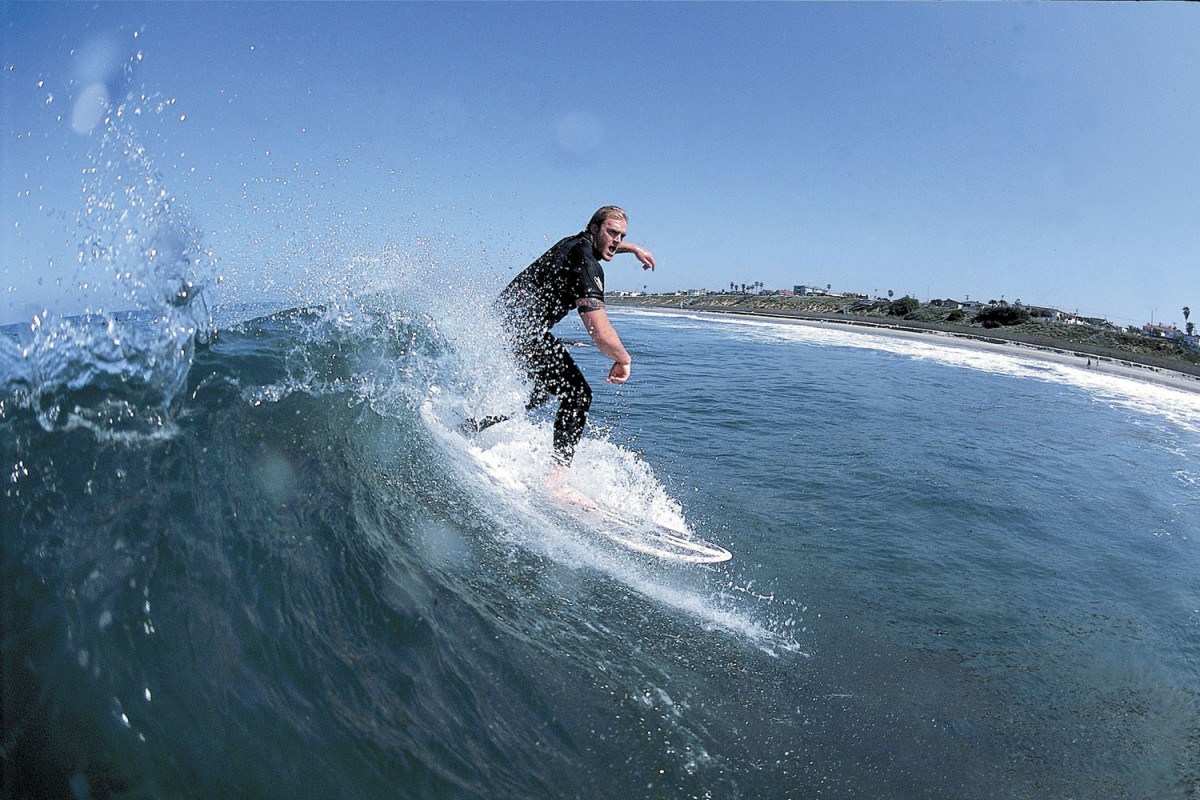
Kyle Turle
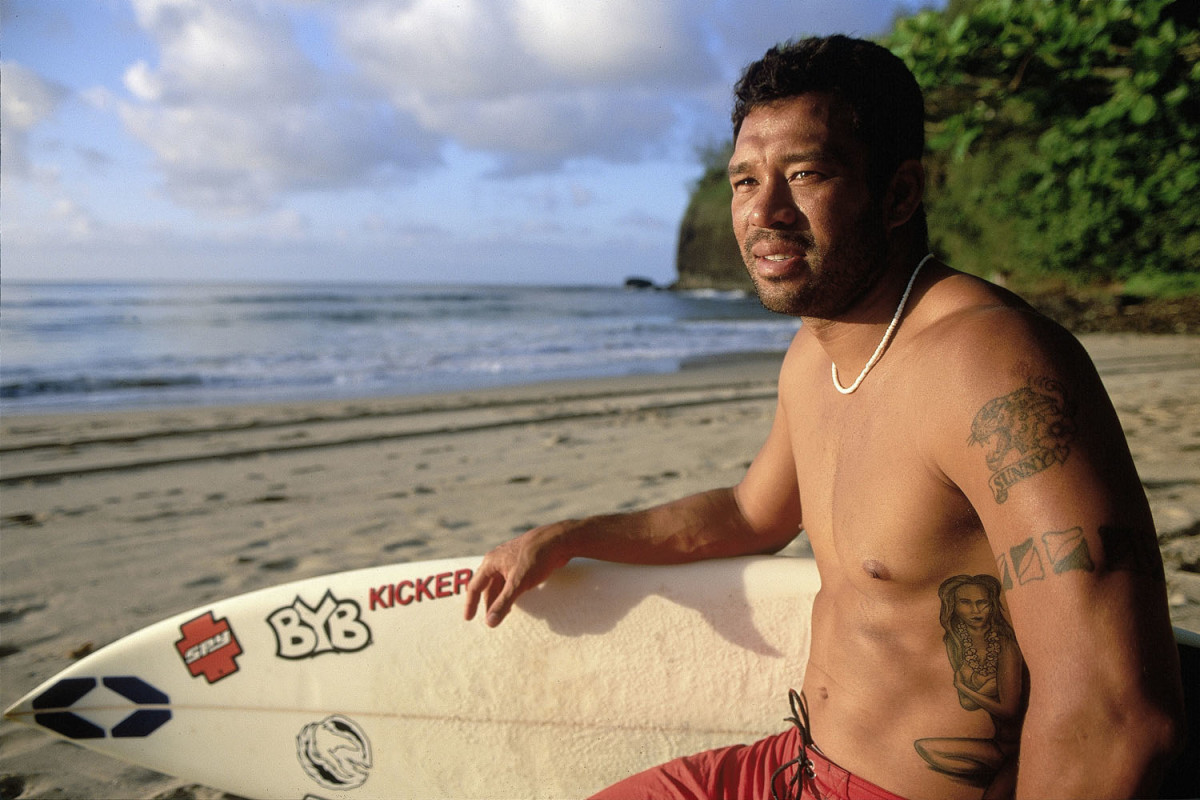
Sunny Garcia
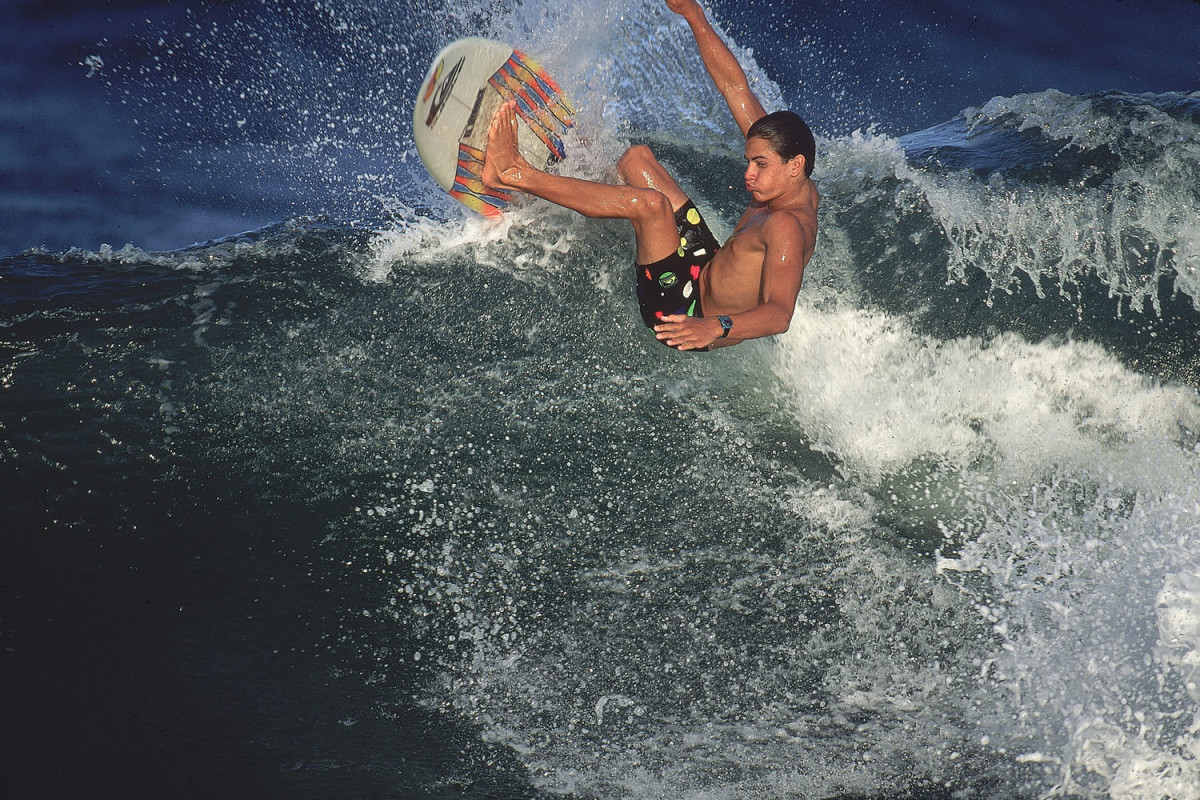
Kelly Slater
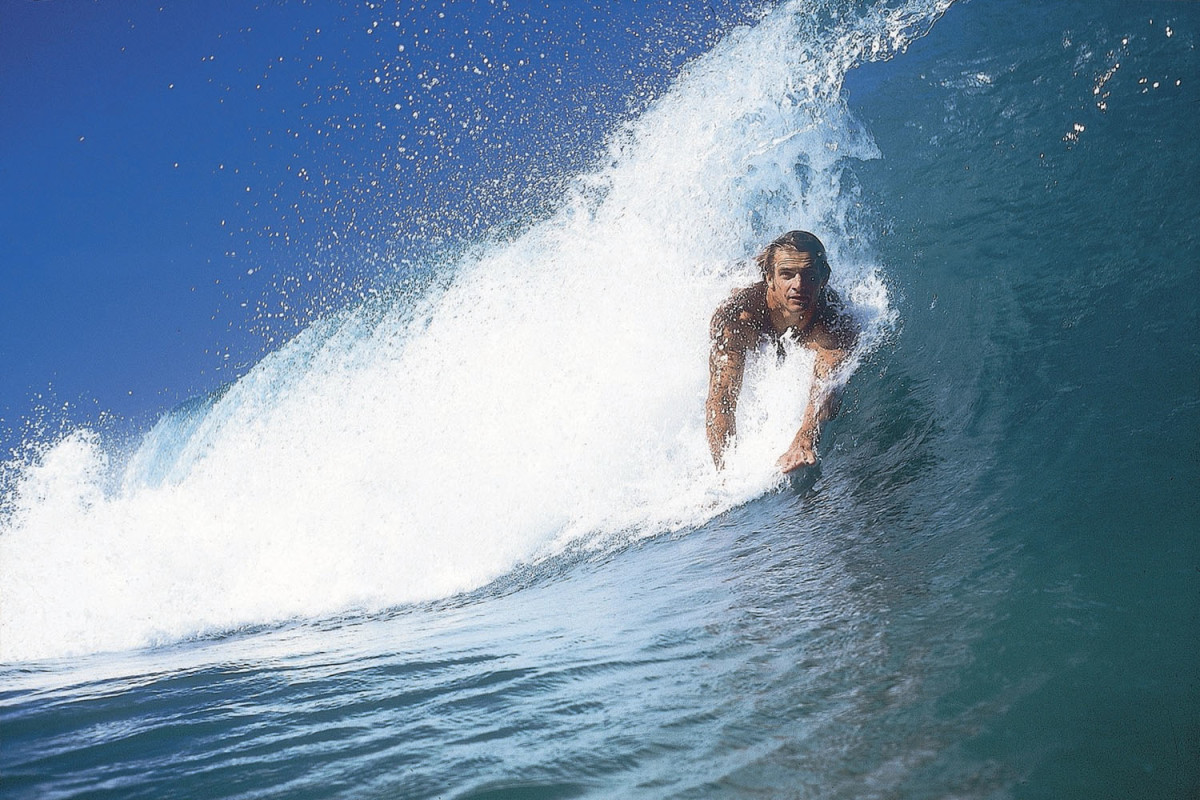
Laird Hamilton
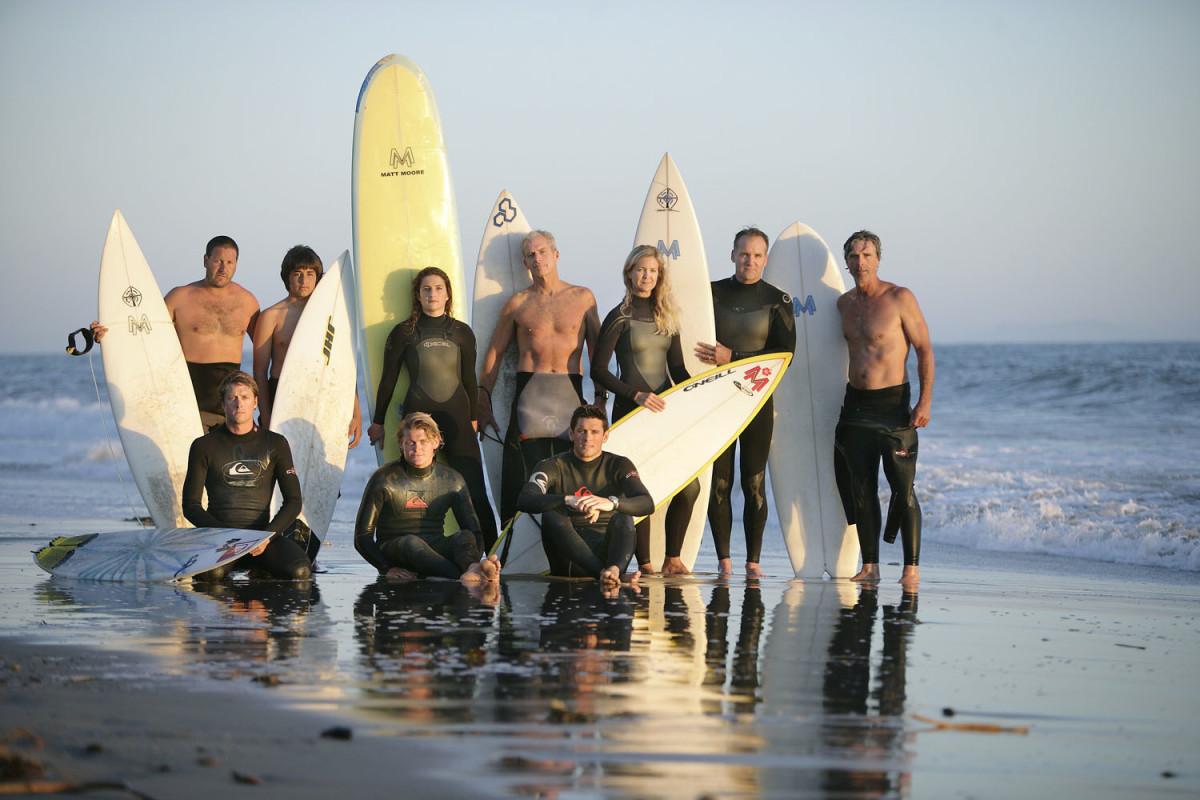
Vibe Tribe: (From left to right) Mike Organista, Ryan Moore, Shaun Organista, Spencer Davis, Naomi Bralver, Steve Johnson, Zach Moore, Lisa Luna, Jeff Boyd, and Matt Moore.
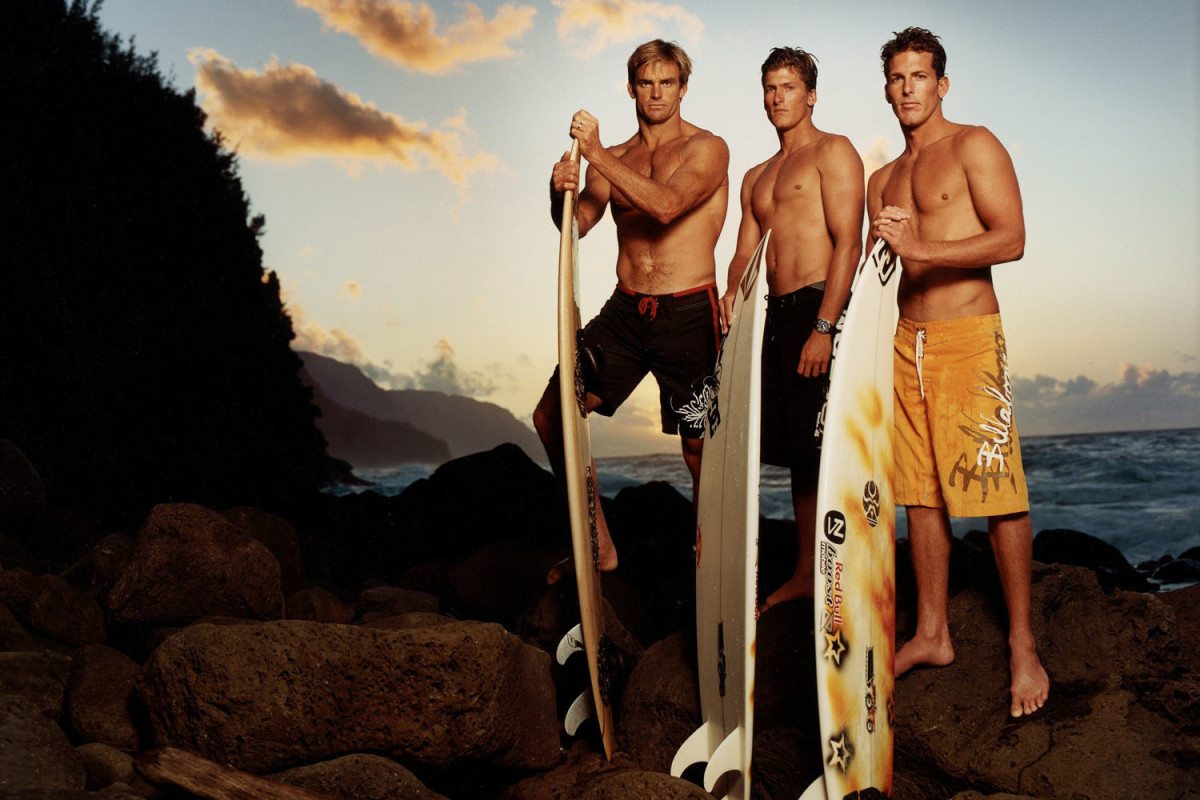
Laird Hamilton, Bruce Irons, and Andy Irons
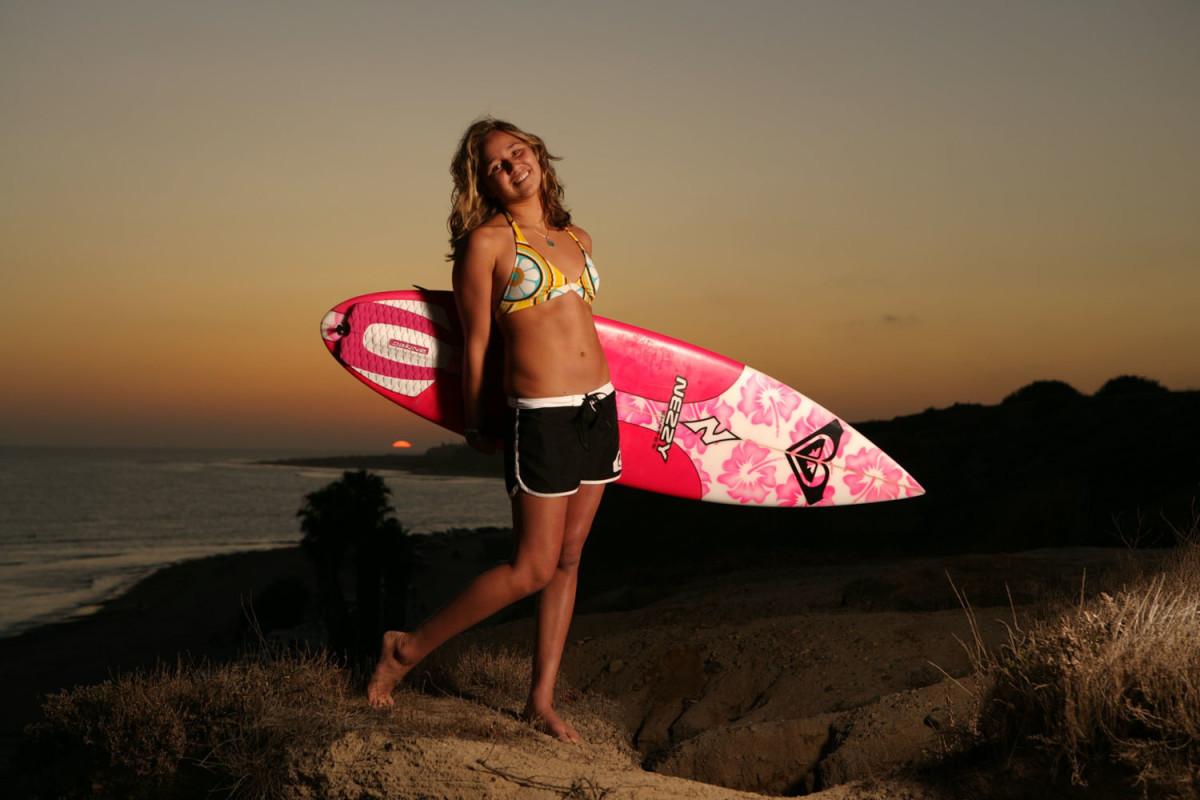
Carissa Moore
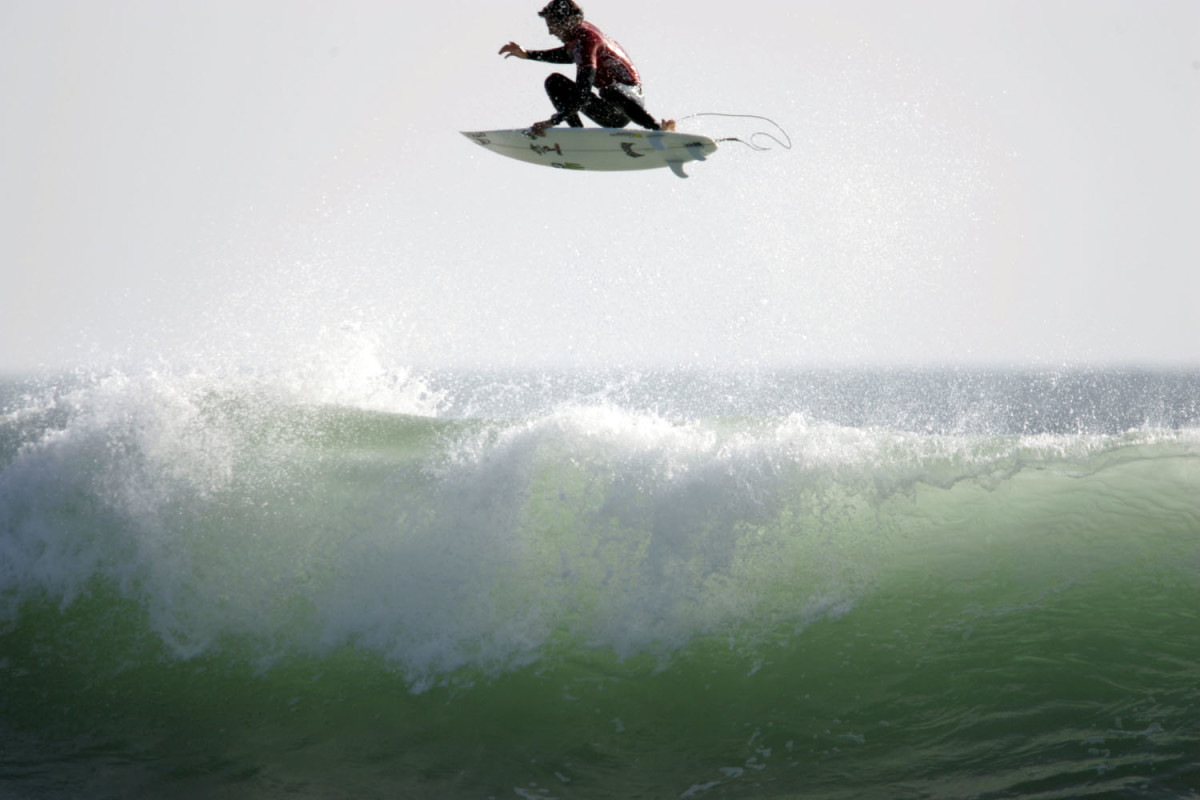
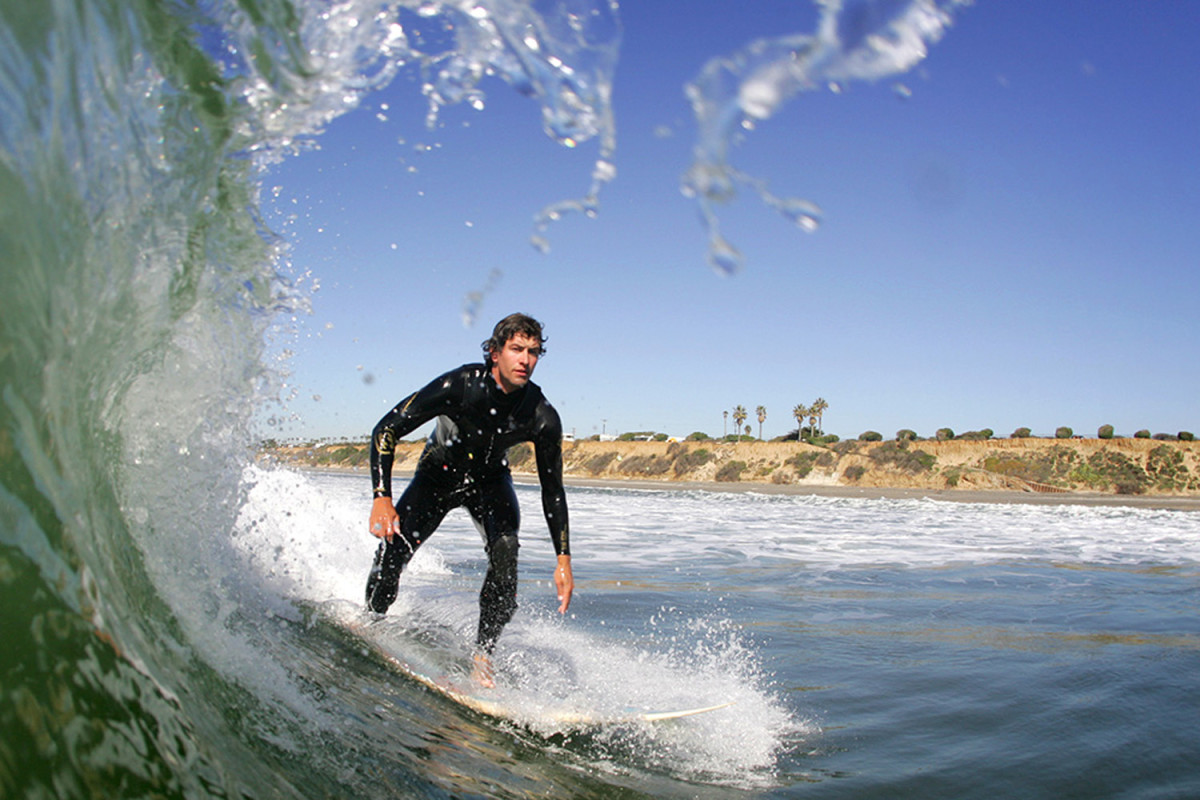
Adam Scott
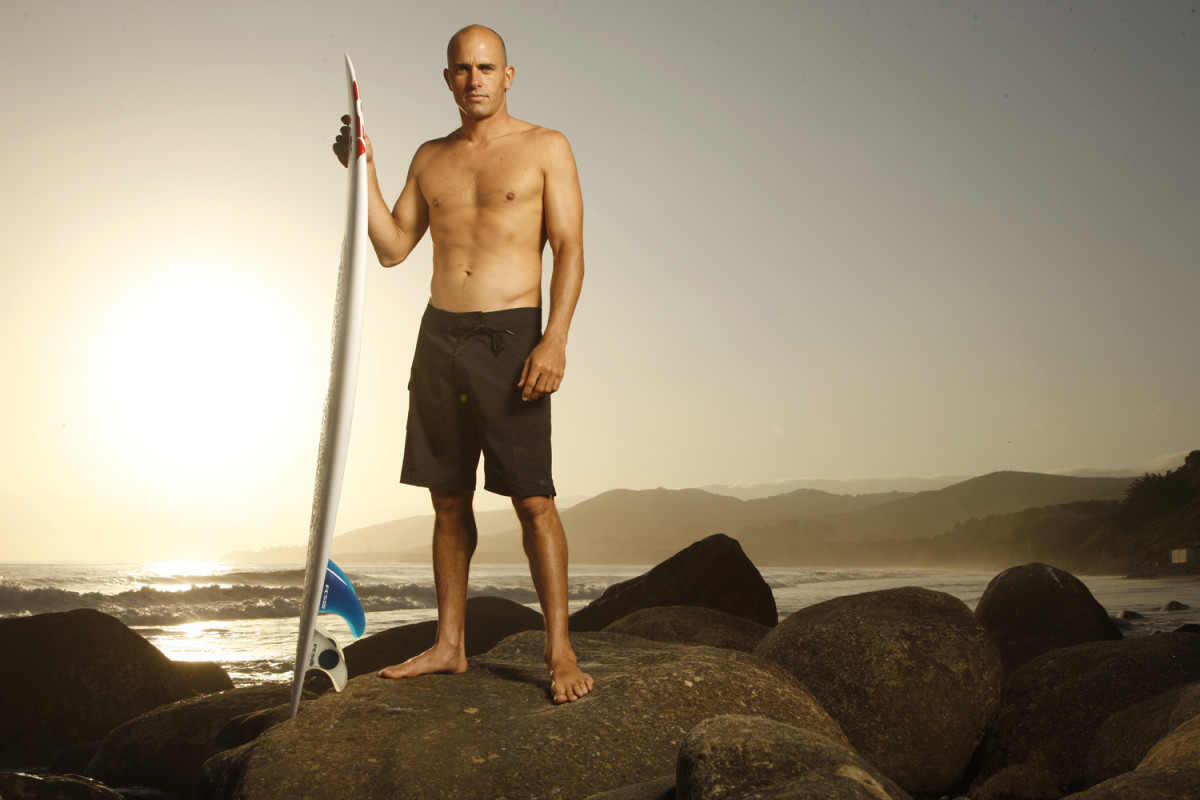
Kelly Slater
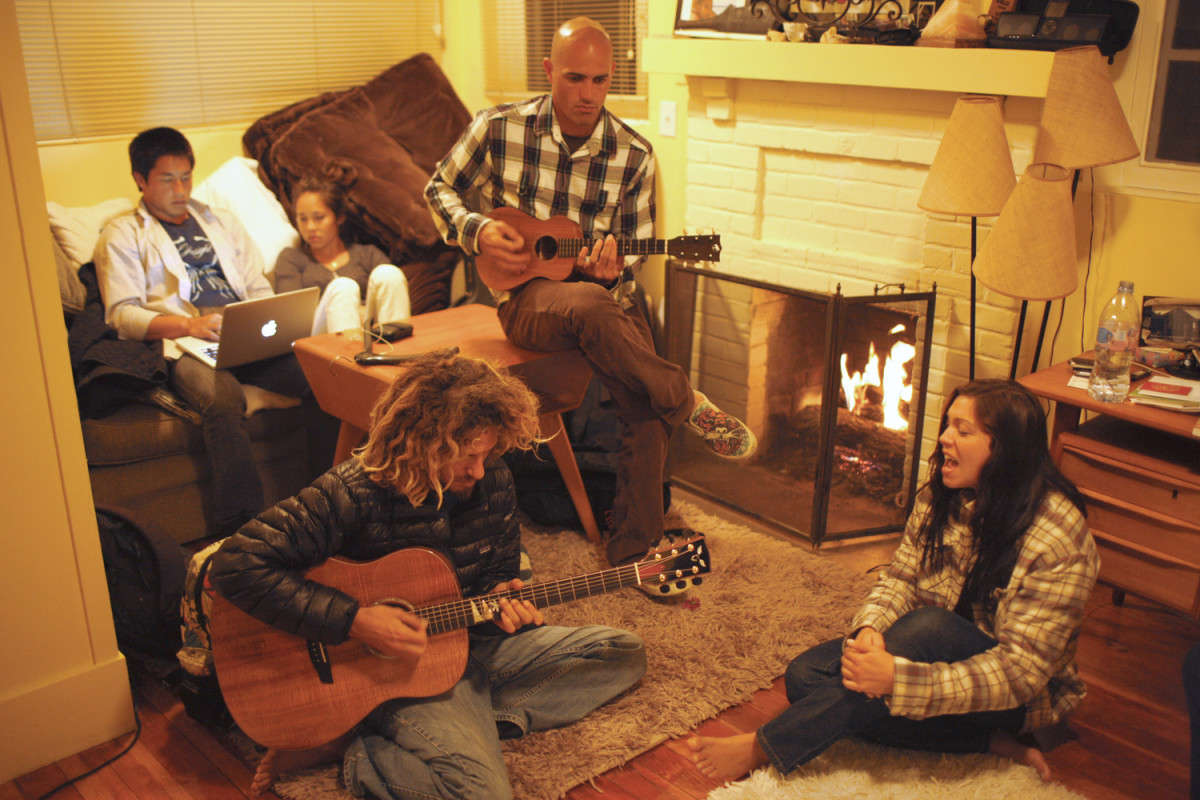
Kelly Slater
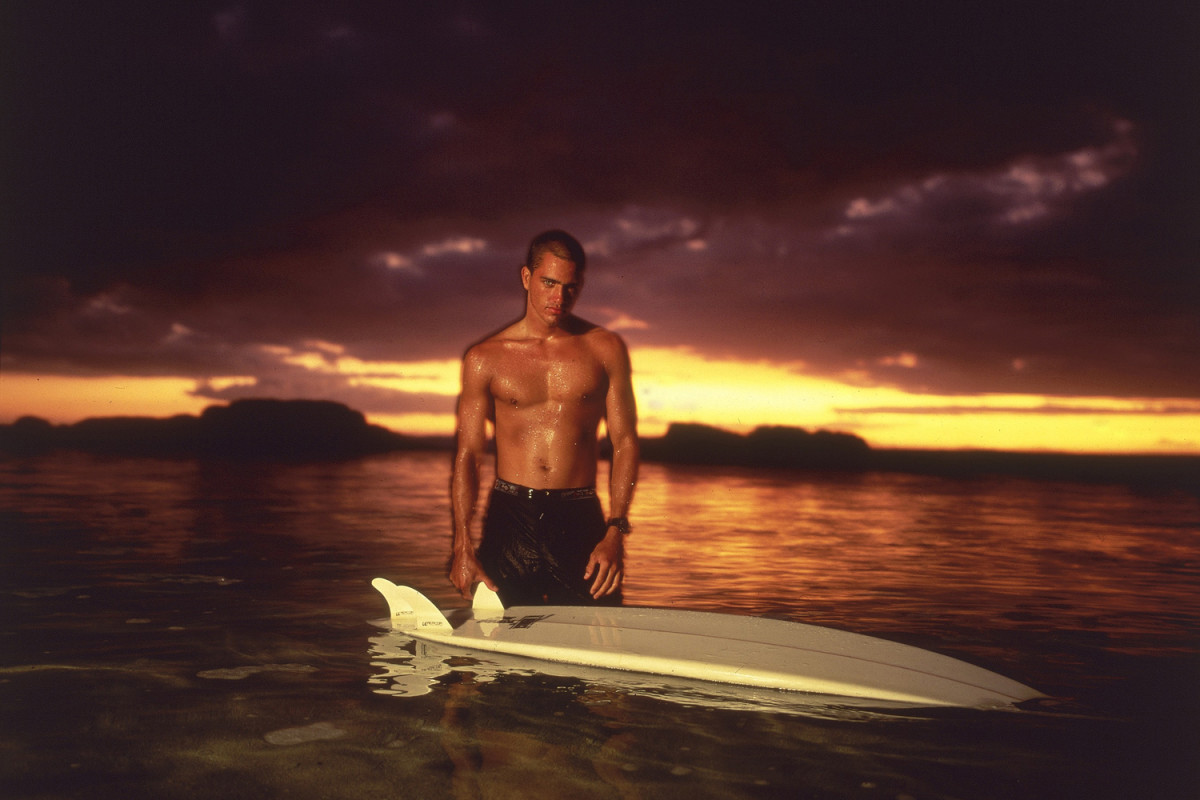
Kelly Slater
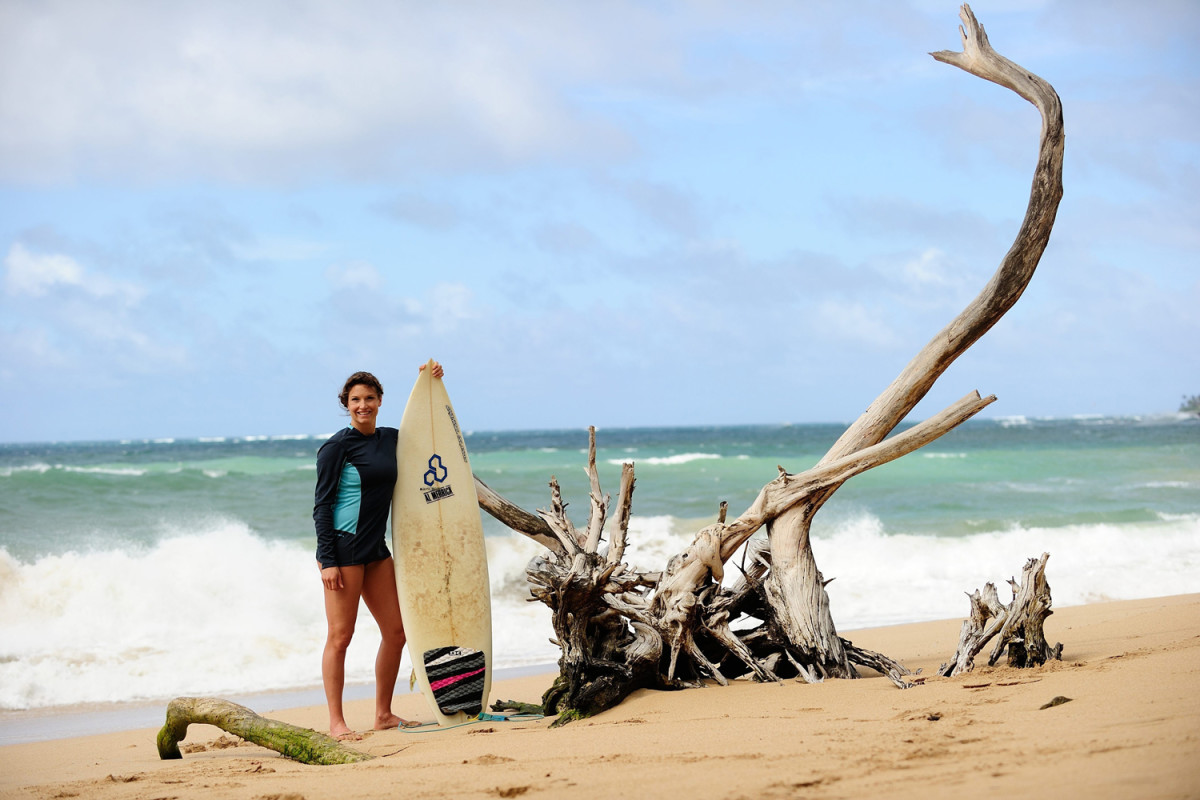
Julia Mancuso
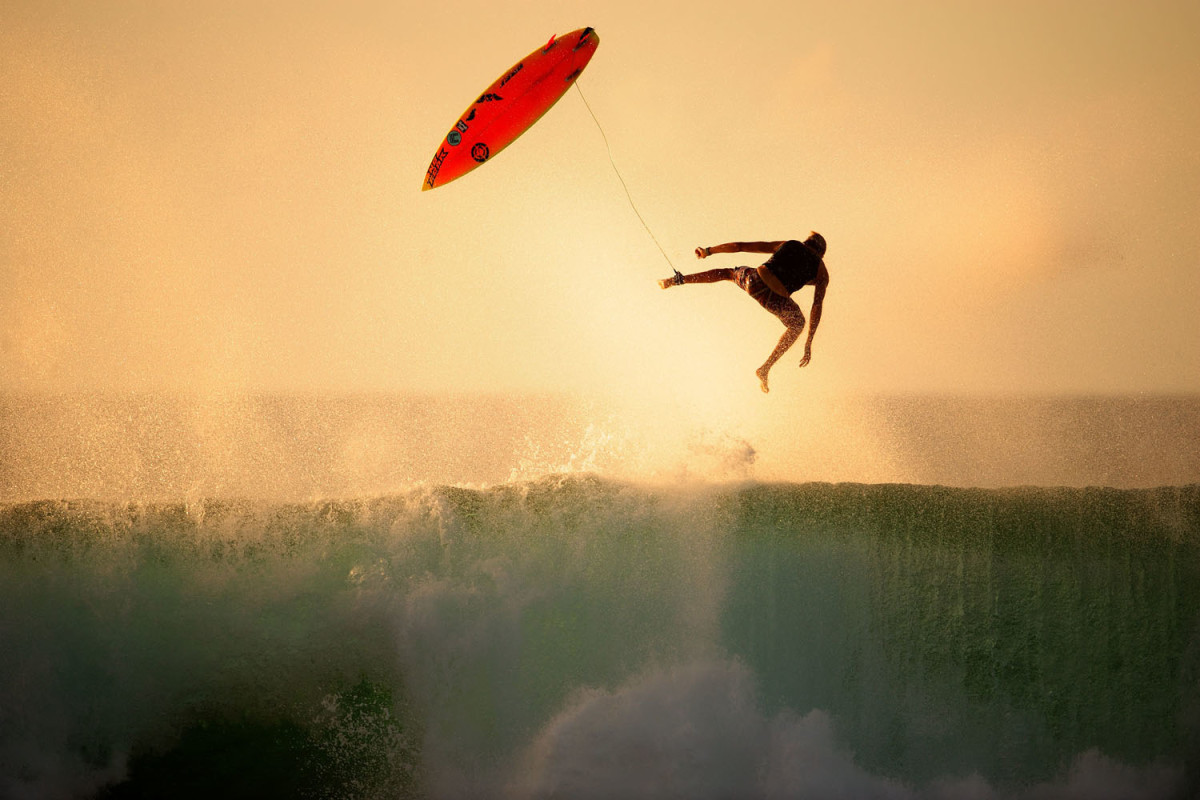
Rocky Point Surfers
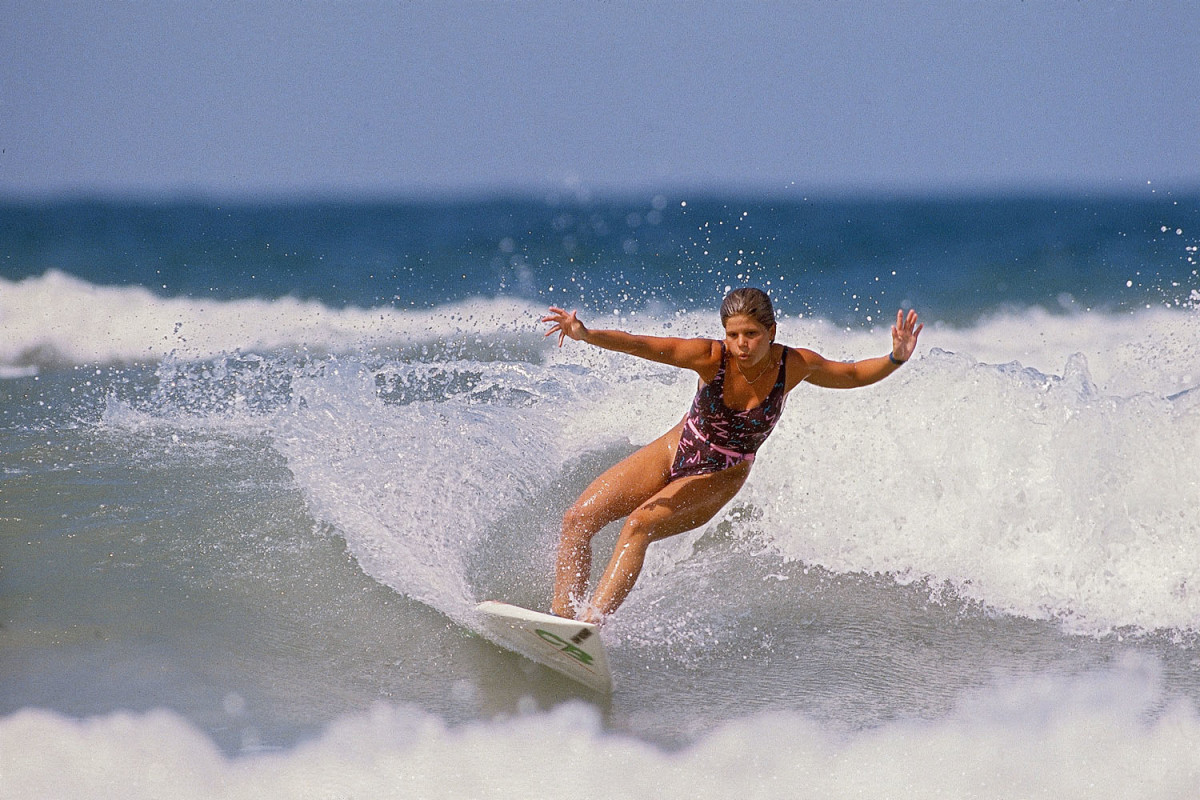
Andrea Johnson
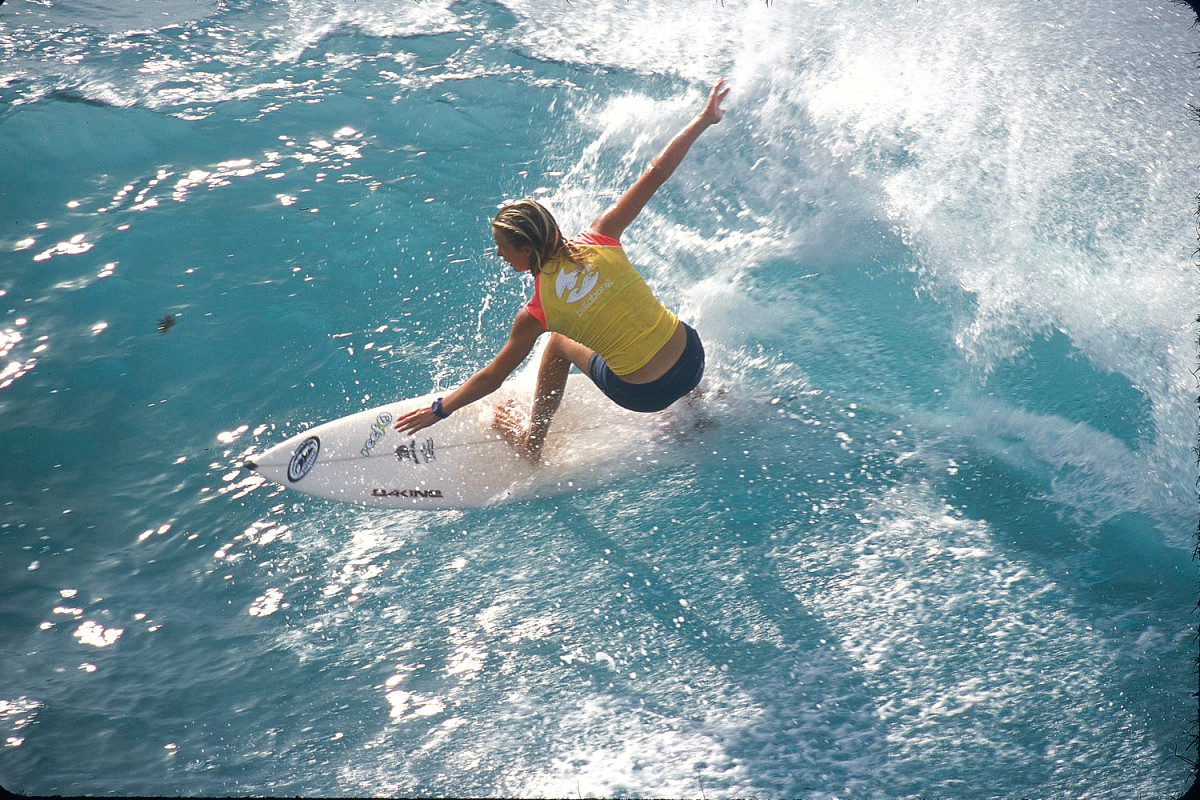
Billabong Girls Pro Maui
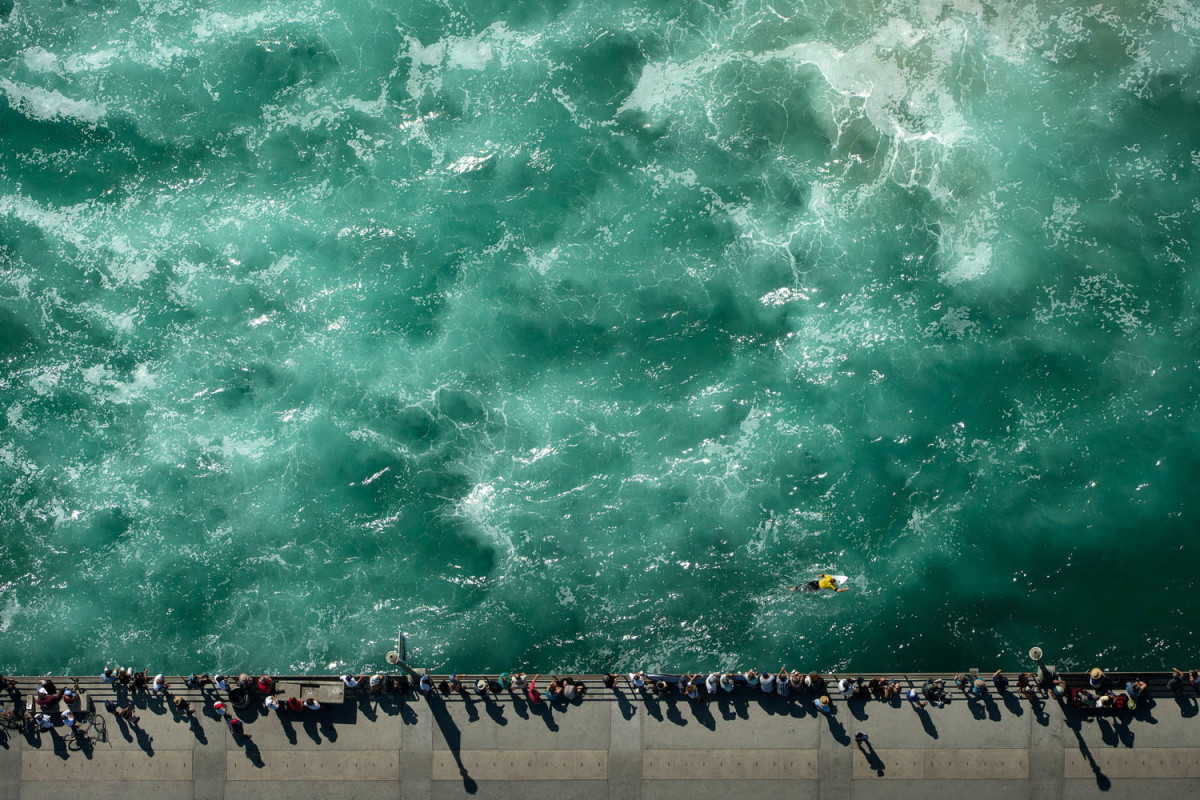
2014 VANS U.S. Open of Surfing
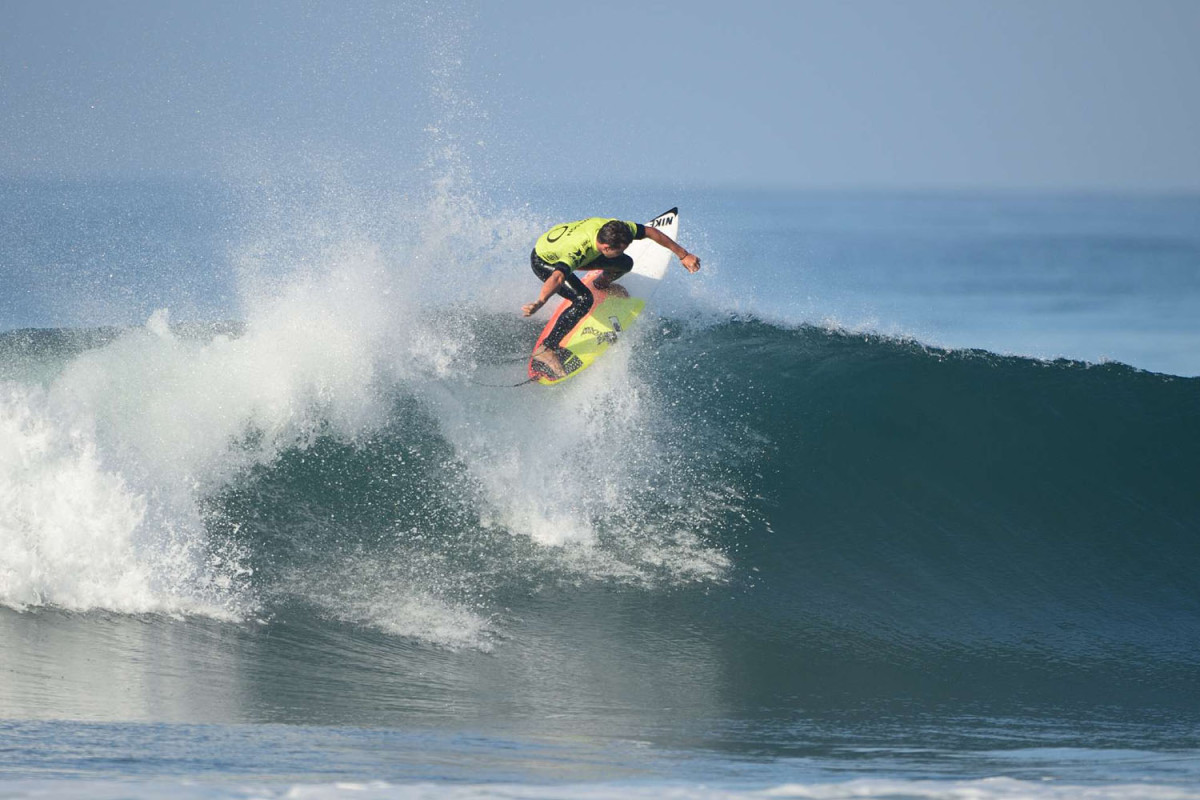
Kelly Slater wins his 50th ASP tour victory
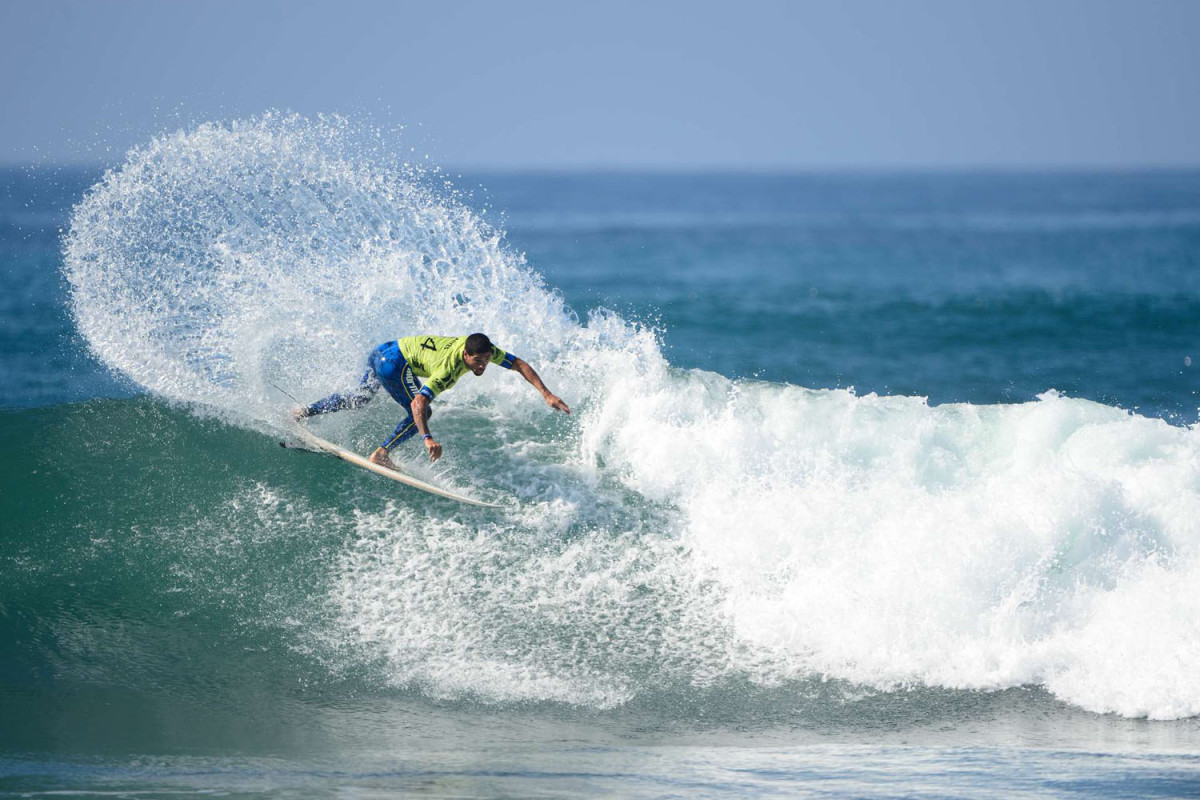
Kelly Slater wins his 50th ASP tour victory
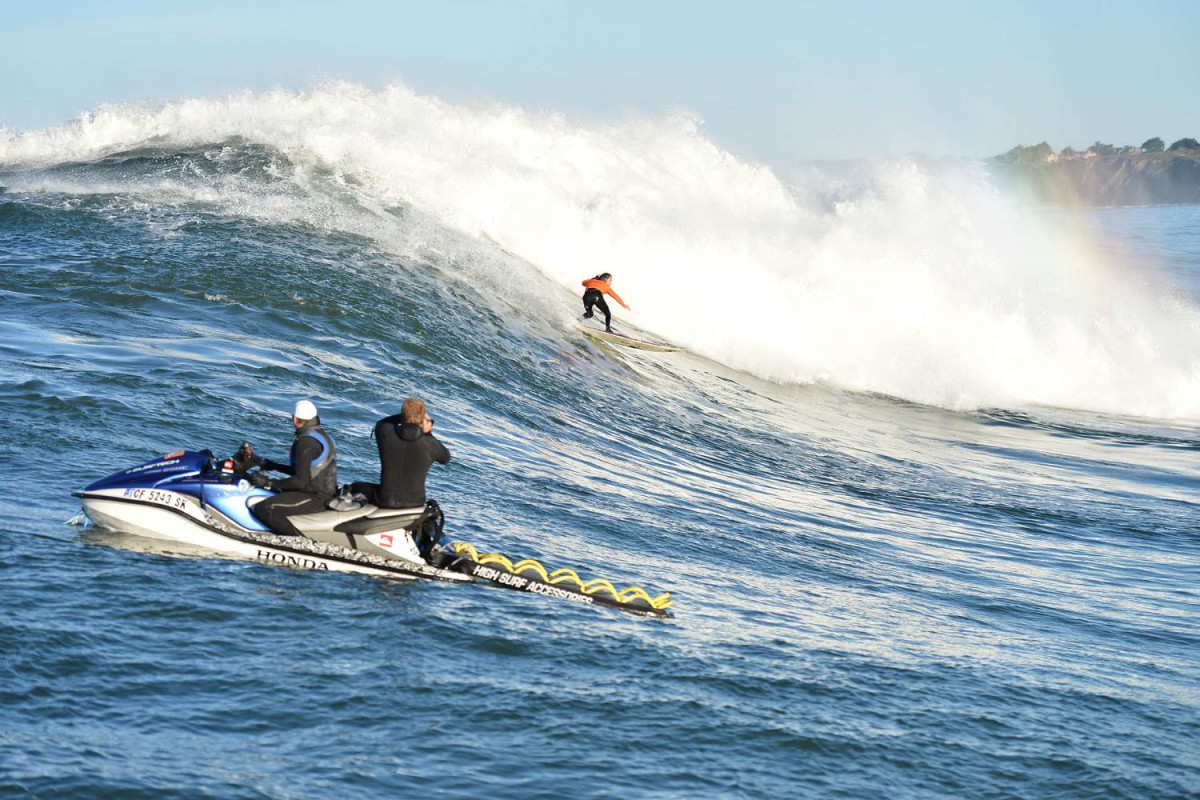
Mavericks Invitational
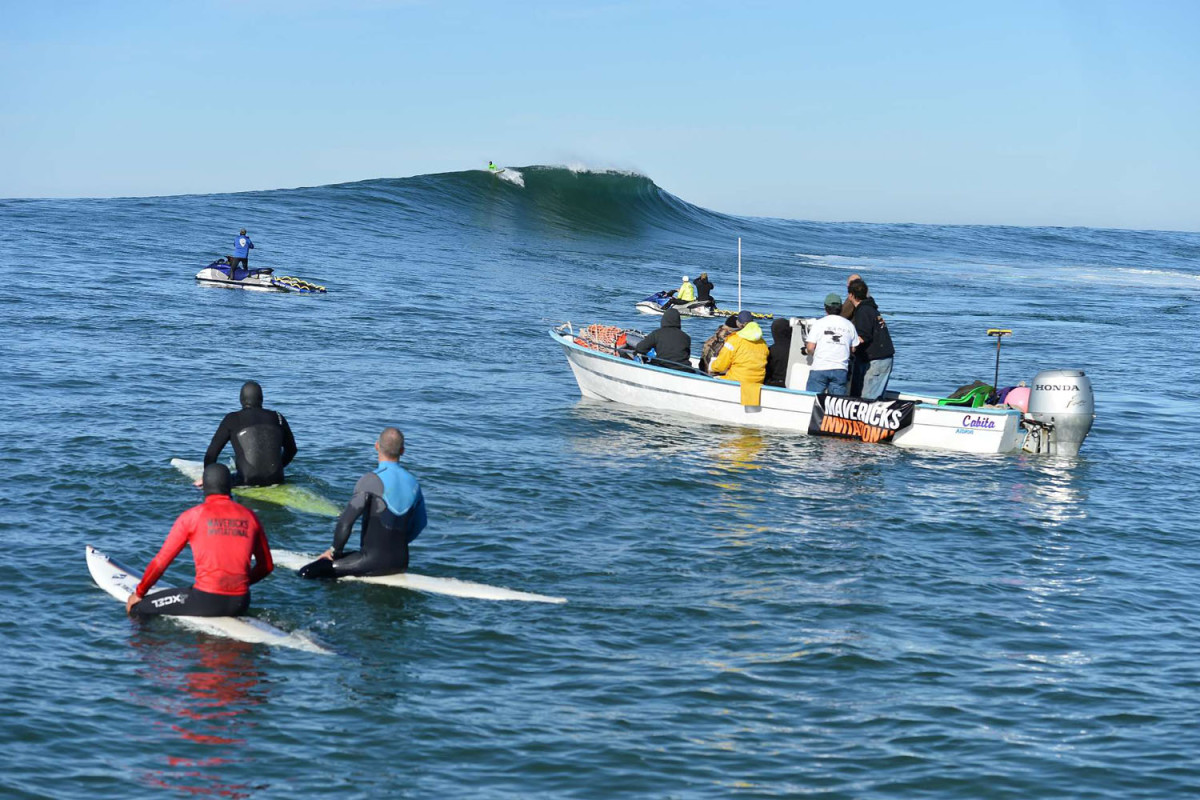
Mavericks Invitational
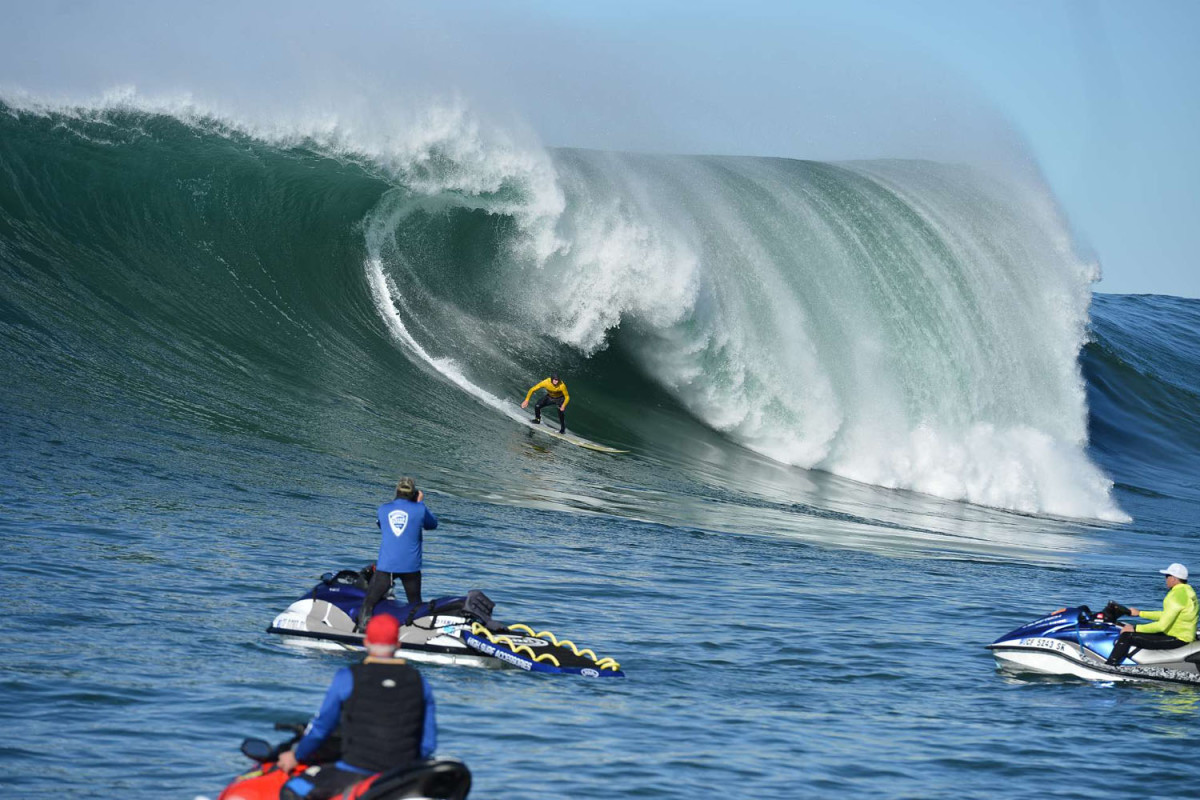
Mavericks Invitational
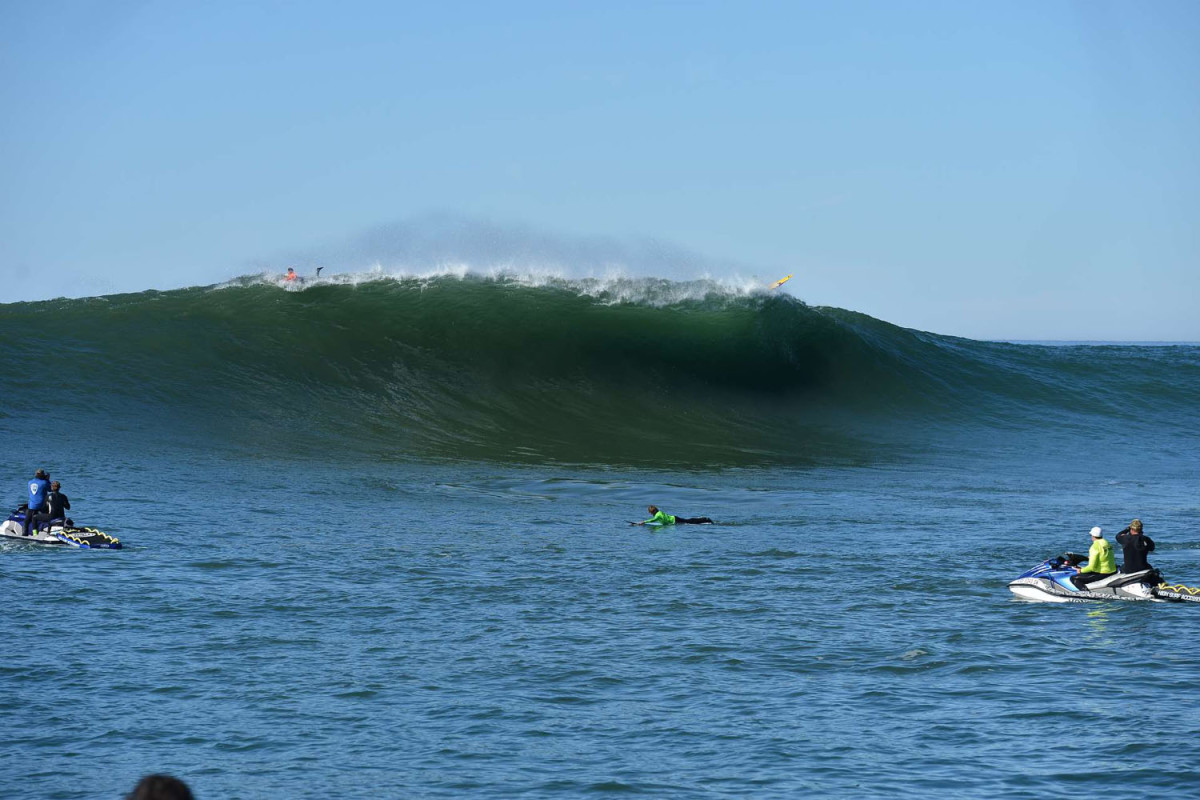
Mavericks Invitational
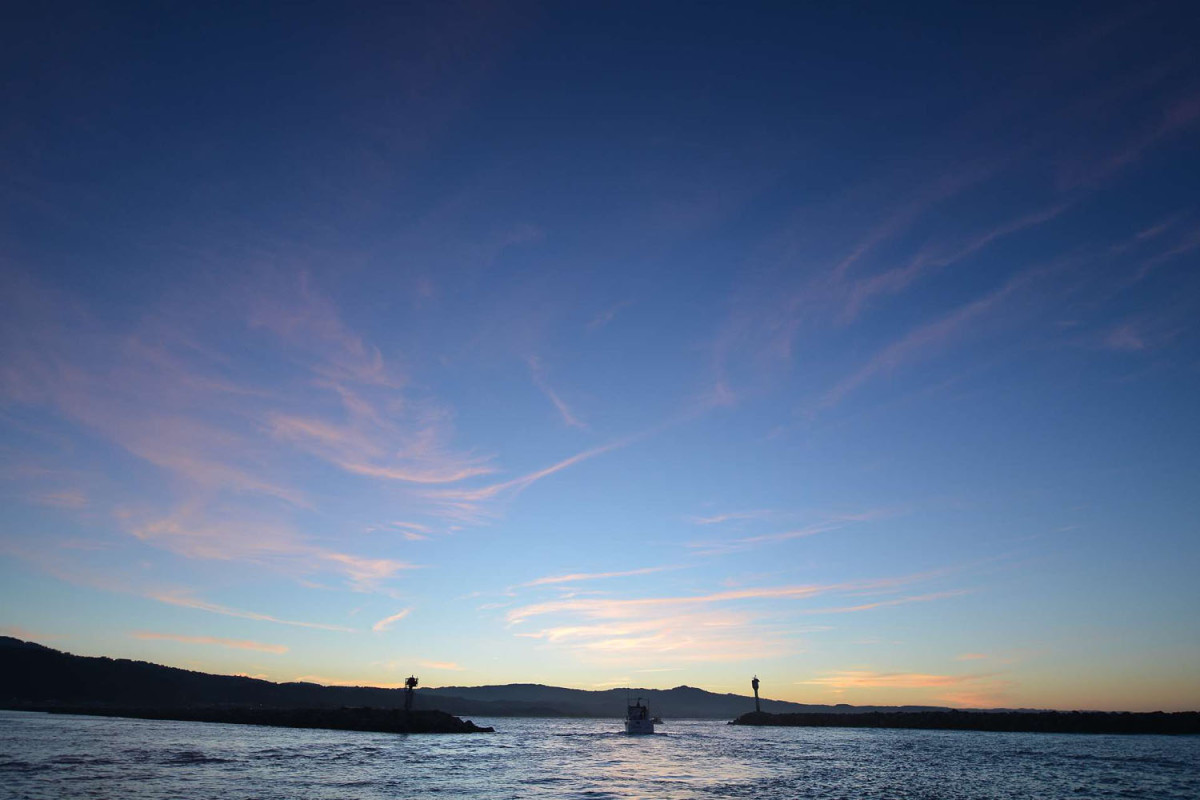
Mavericks Invitational
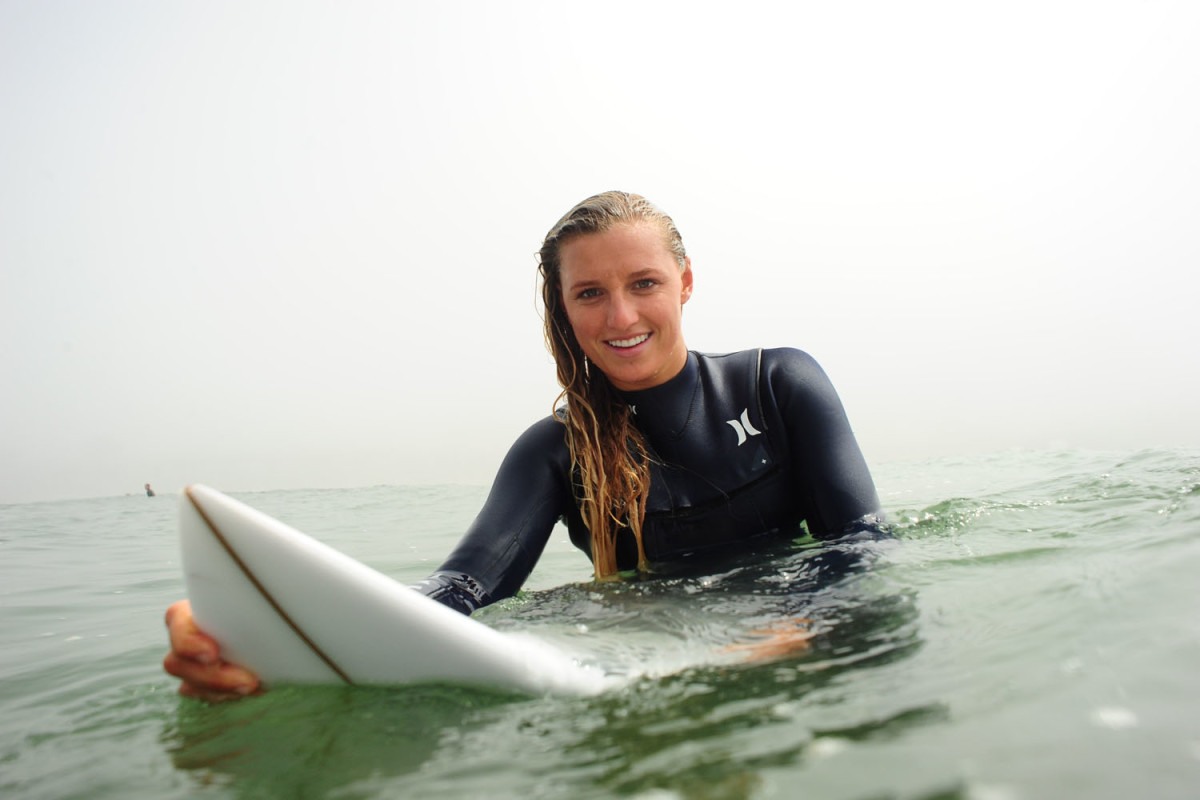
Lakey Peterson
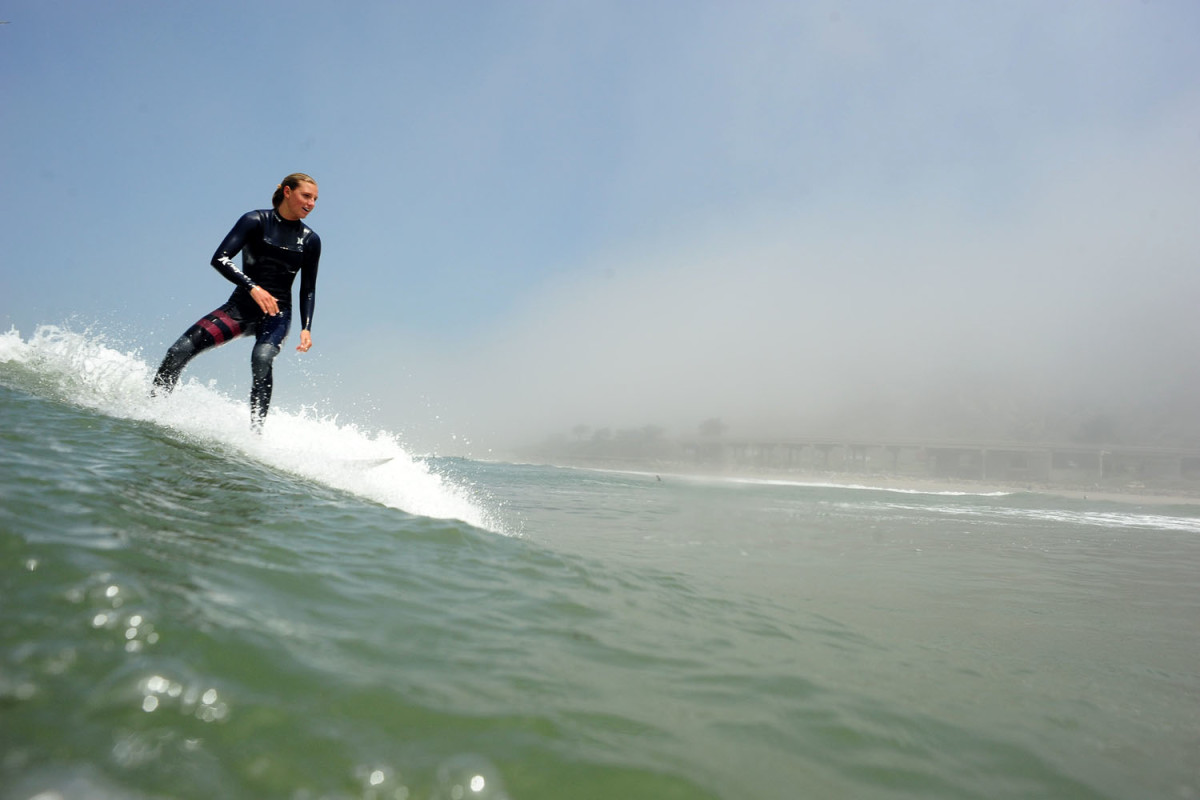
Lakey Peterson
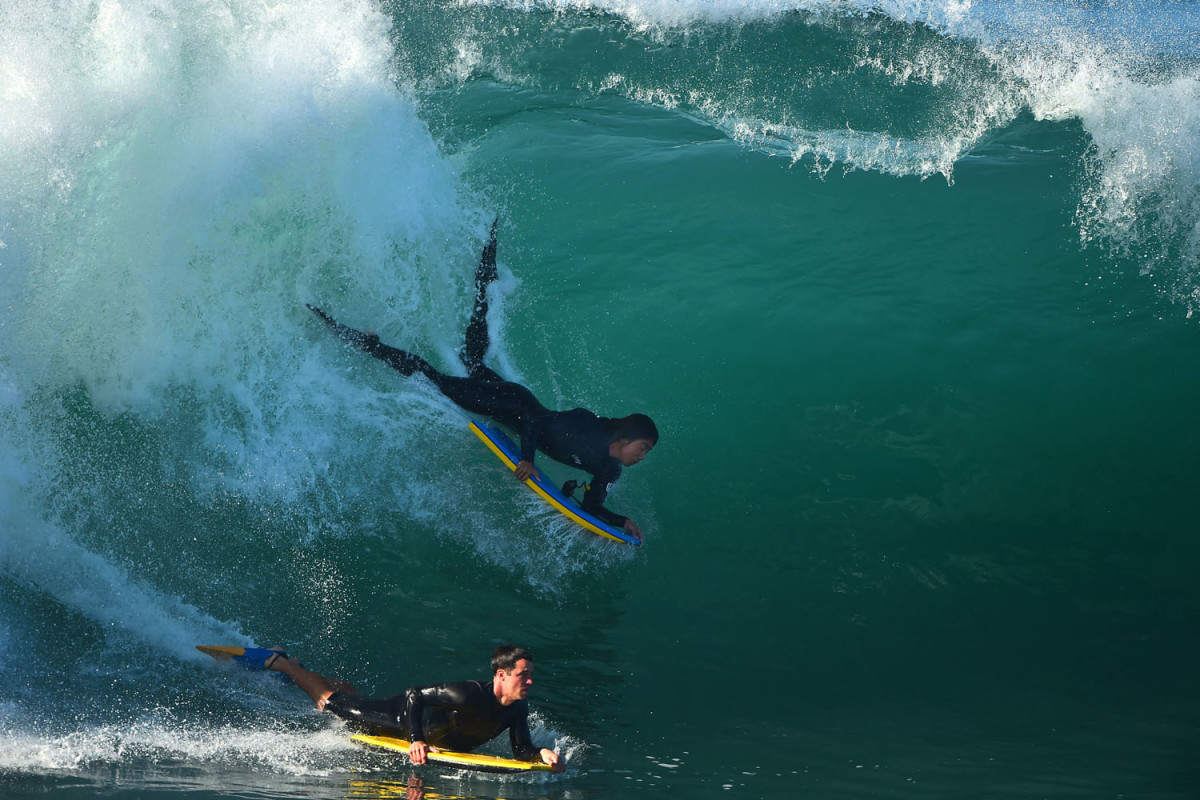
Double trouble.
